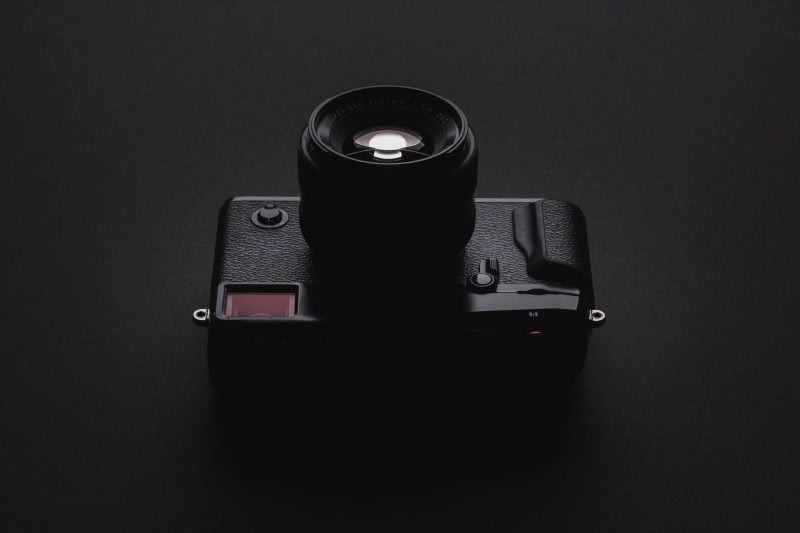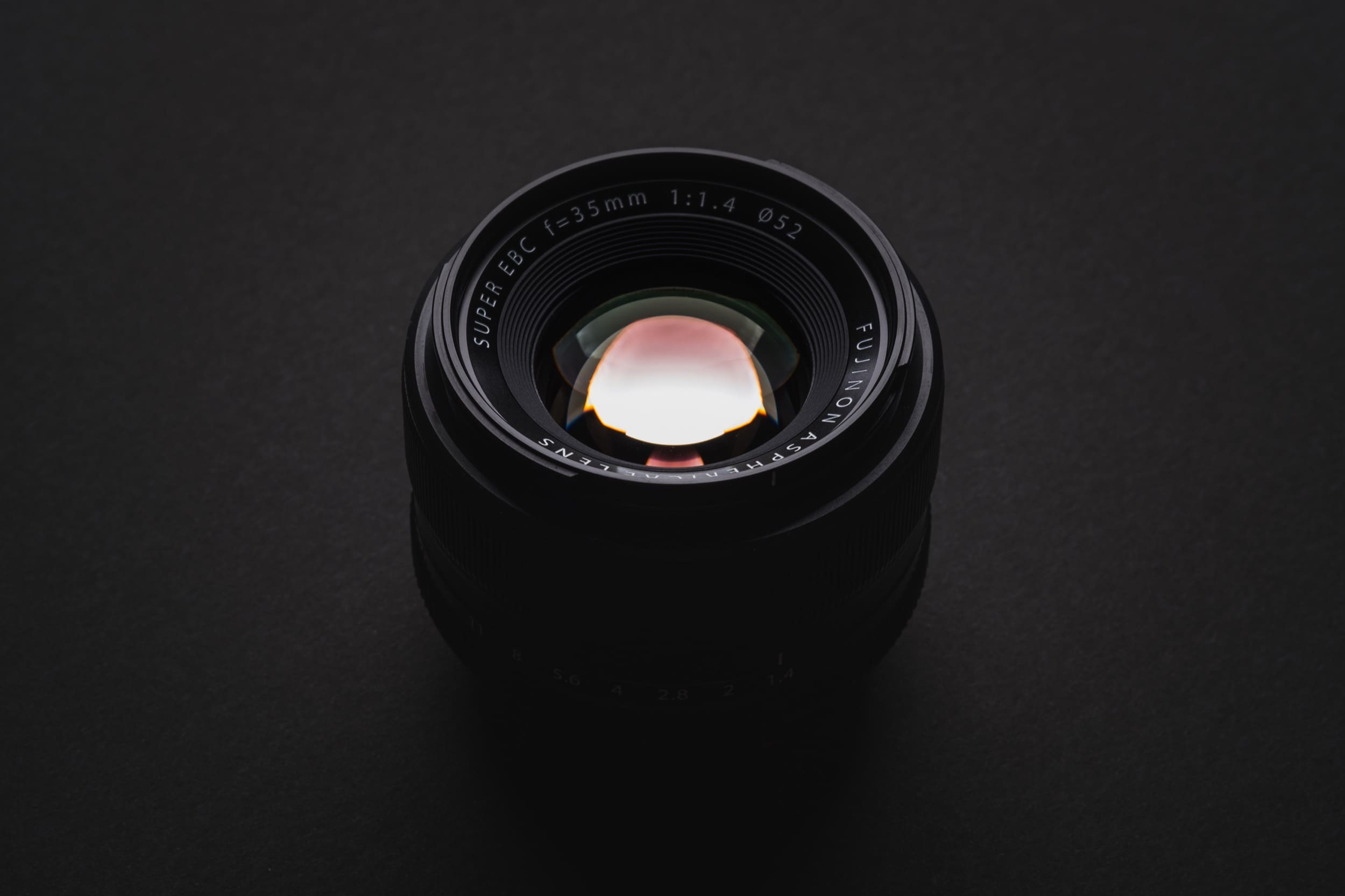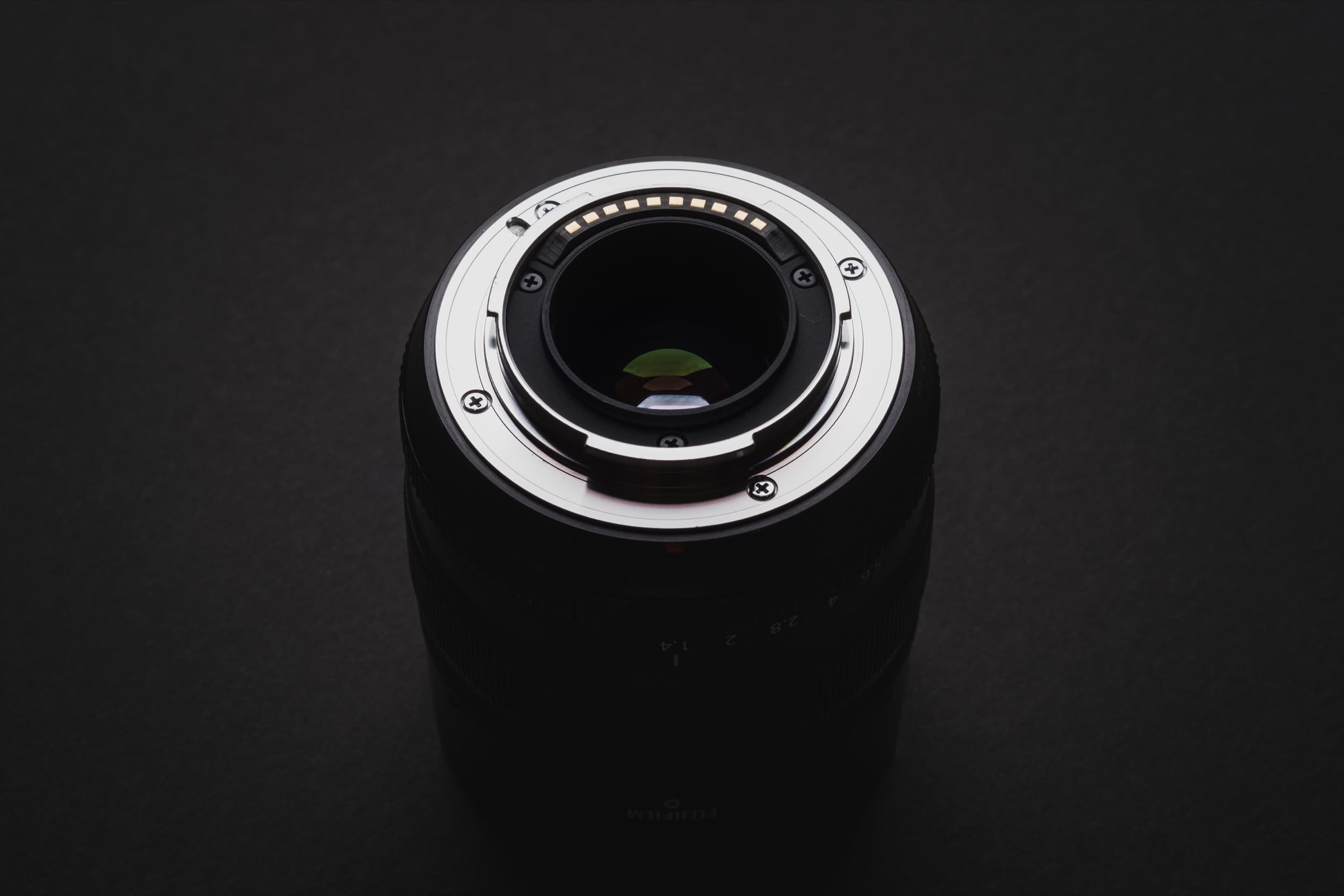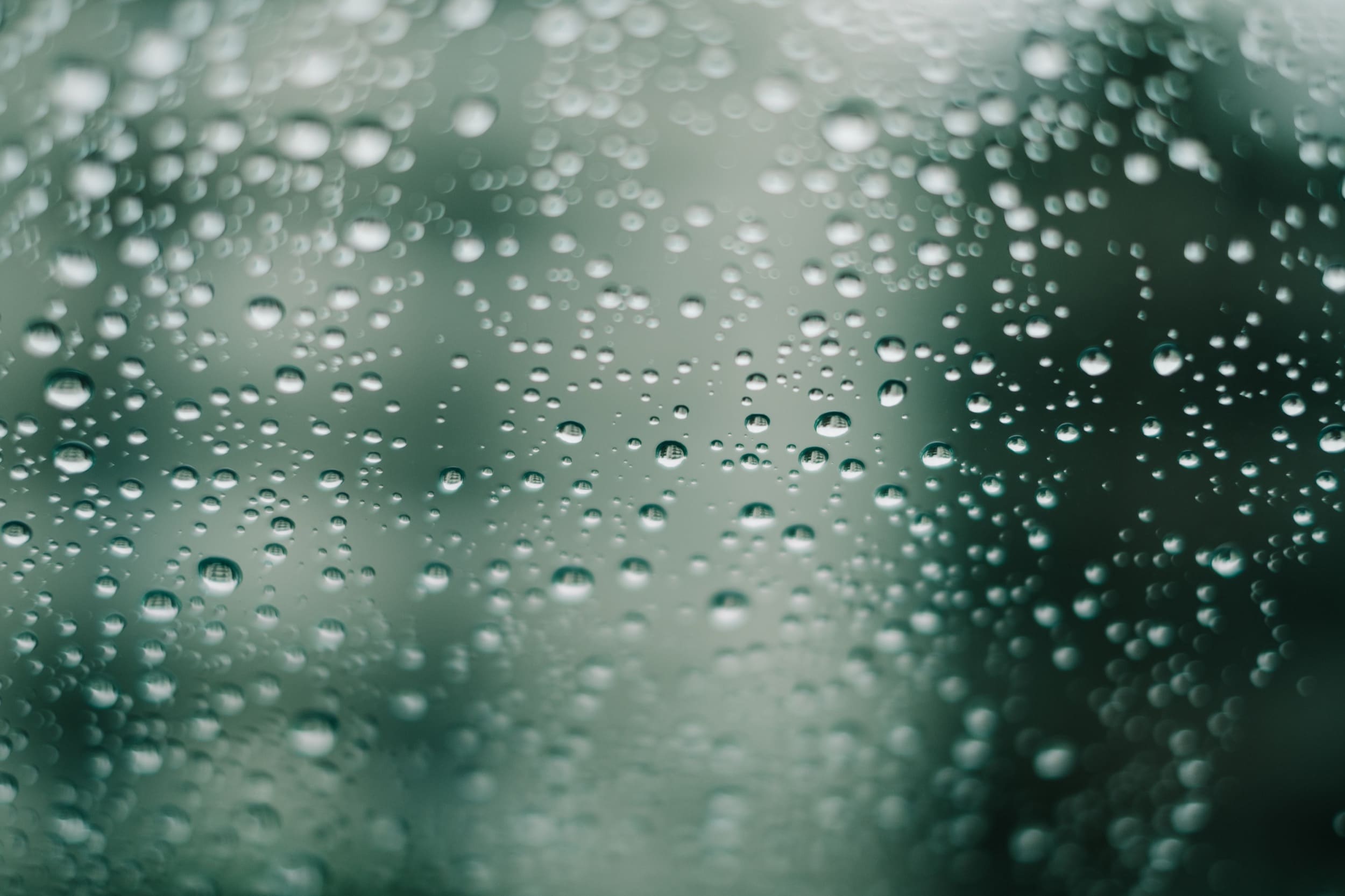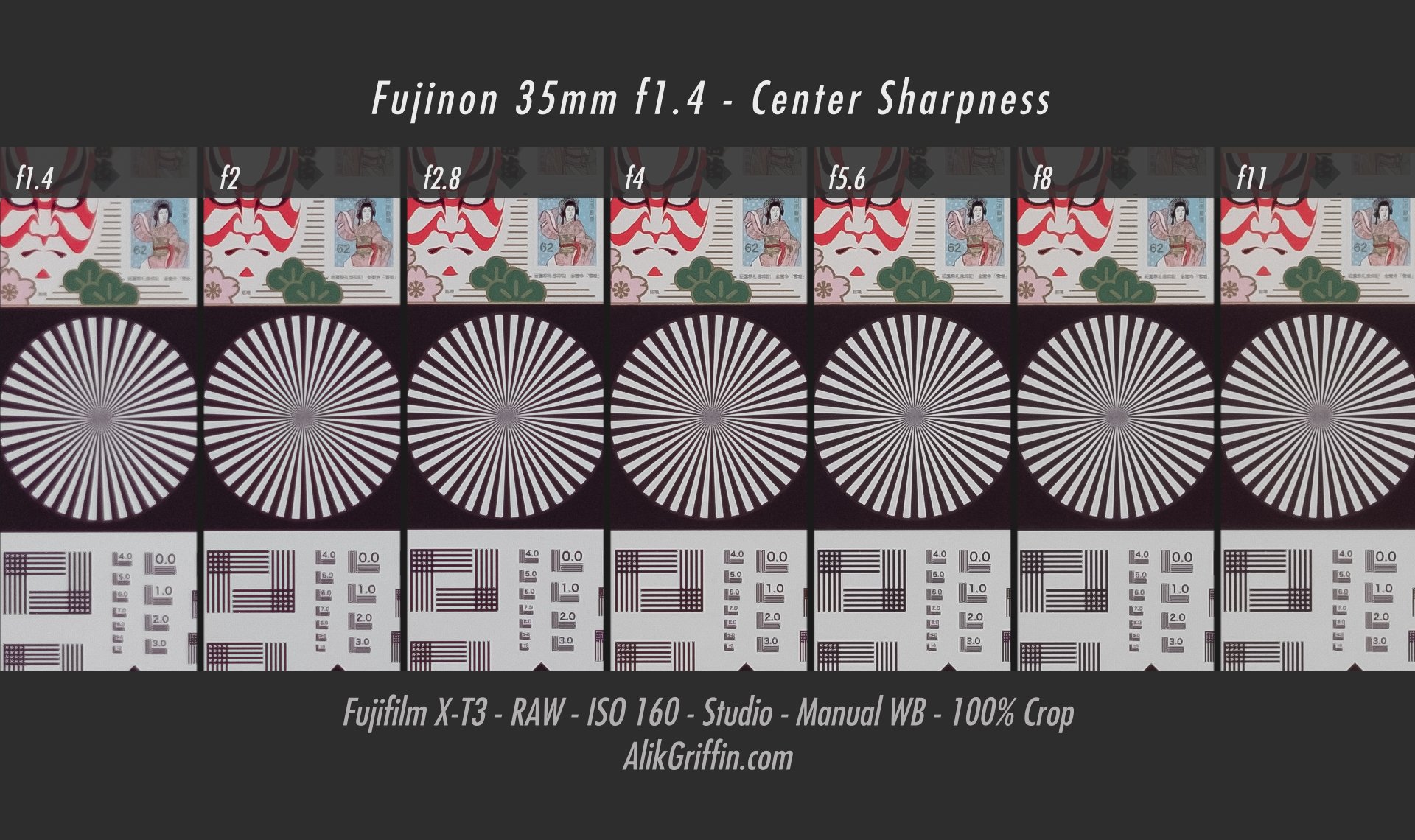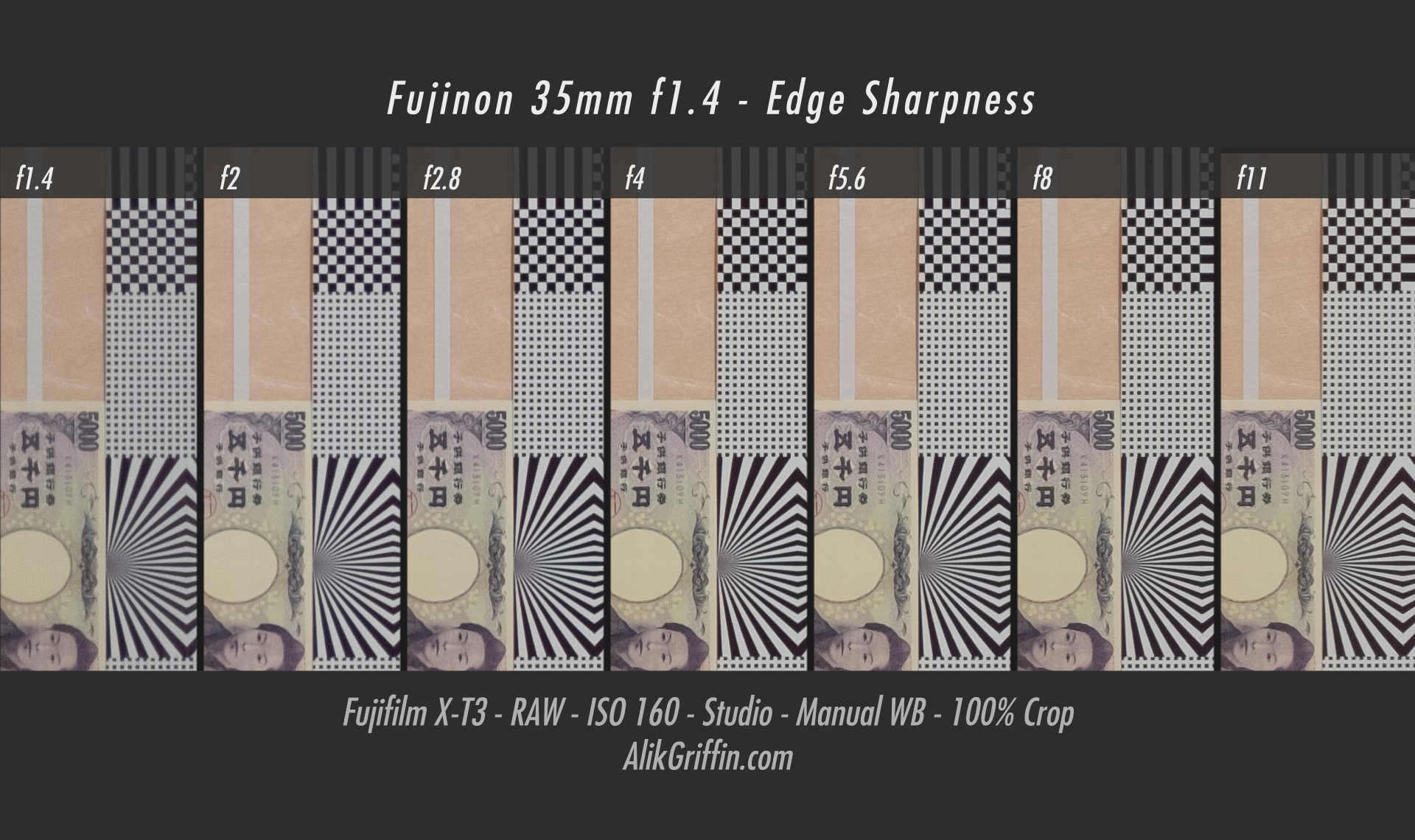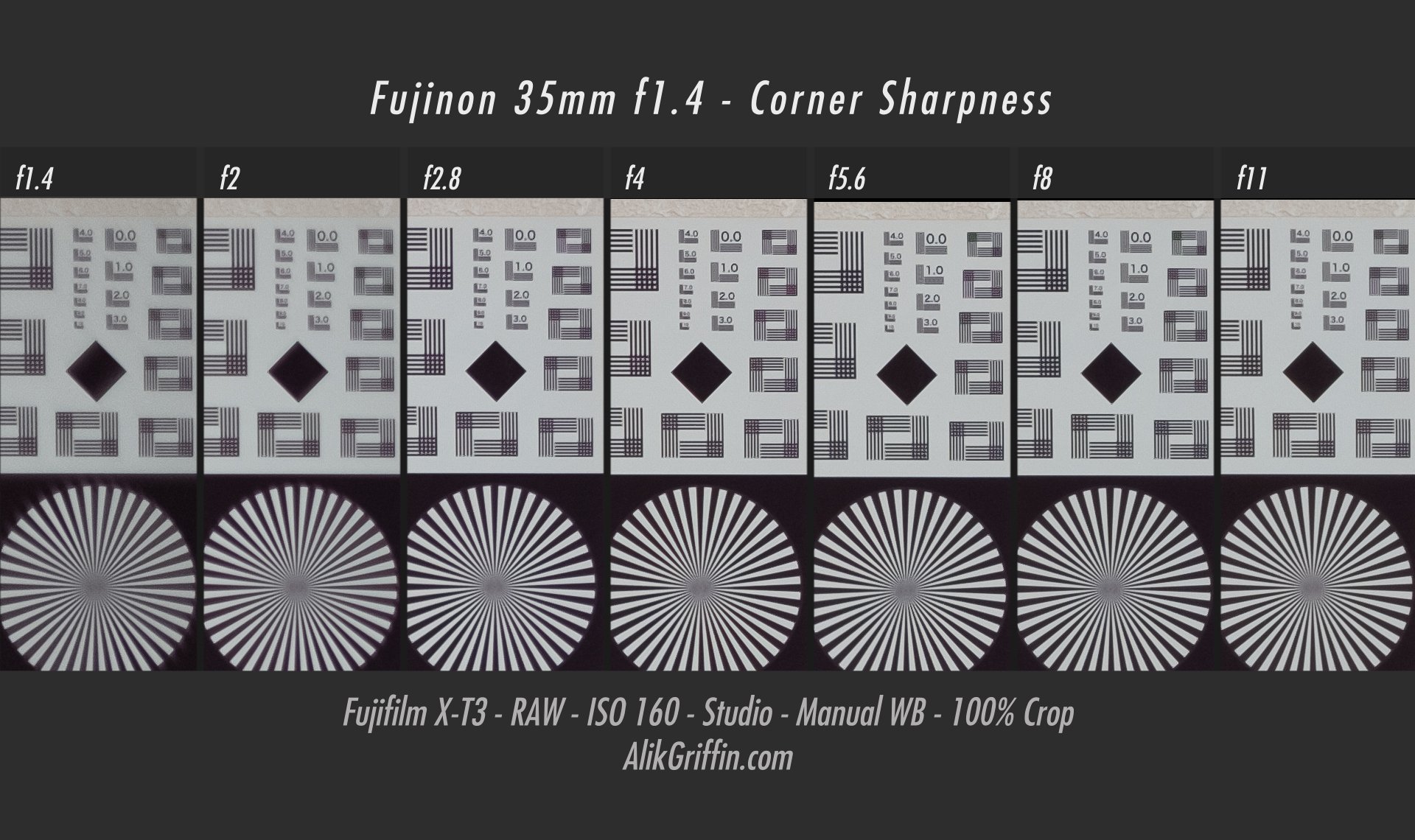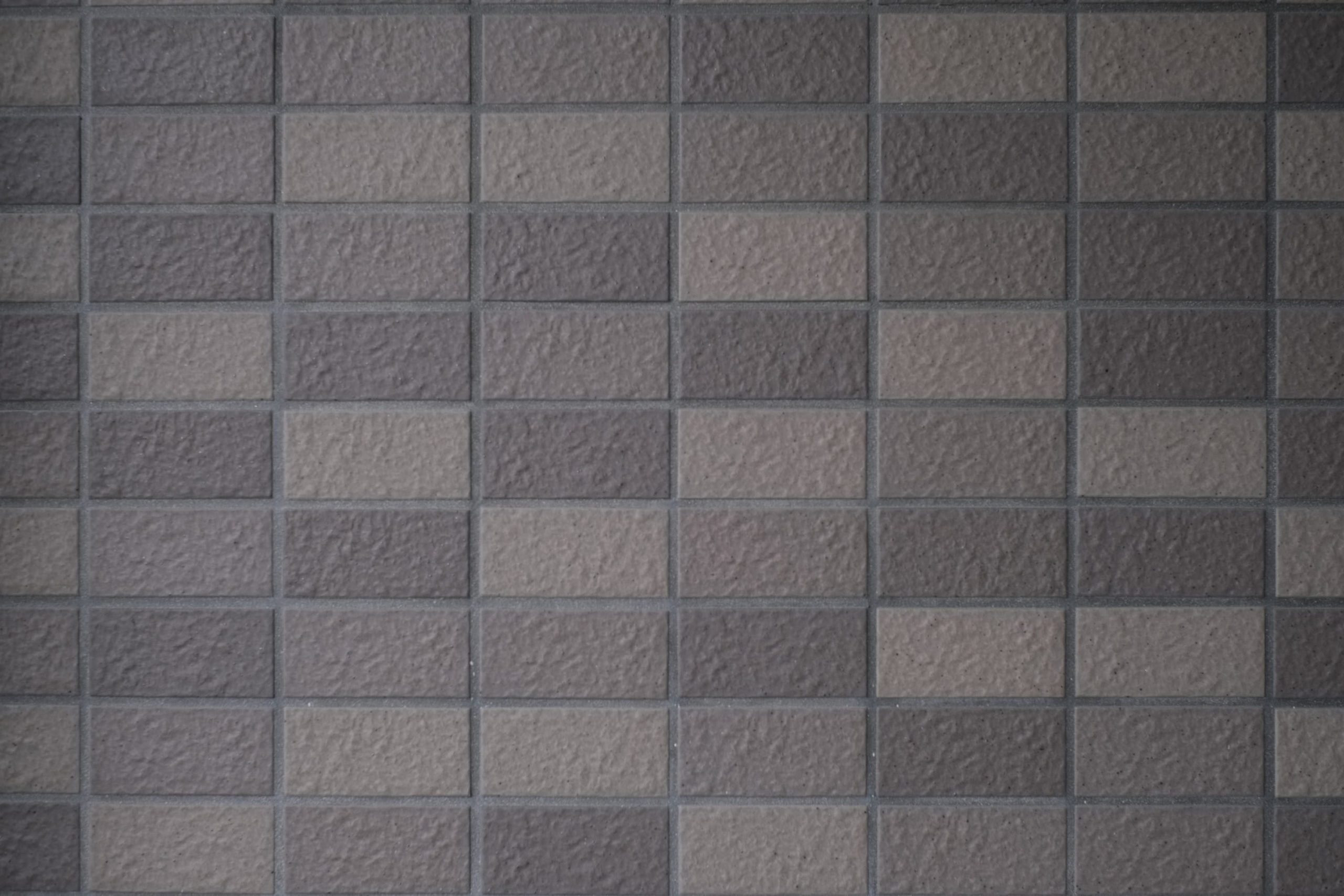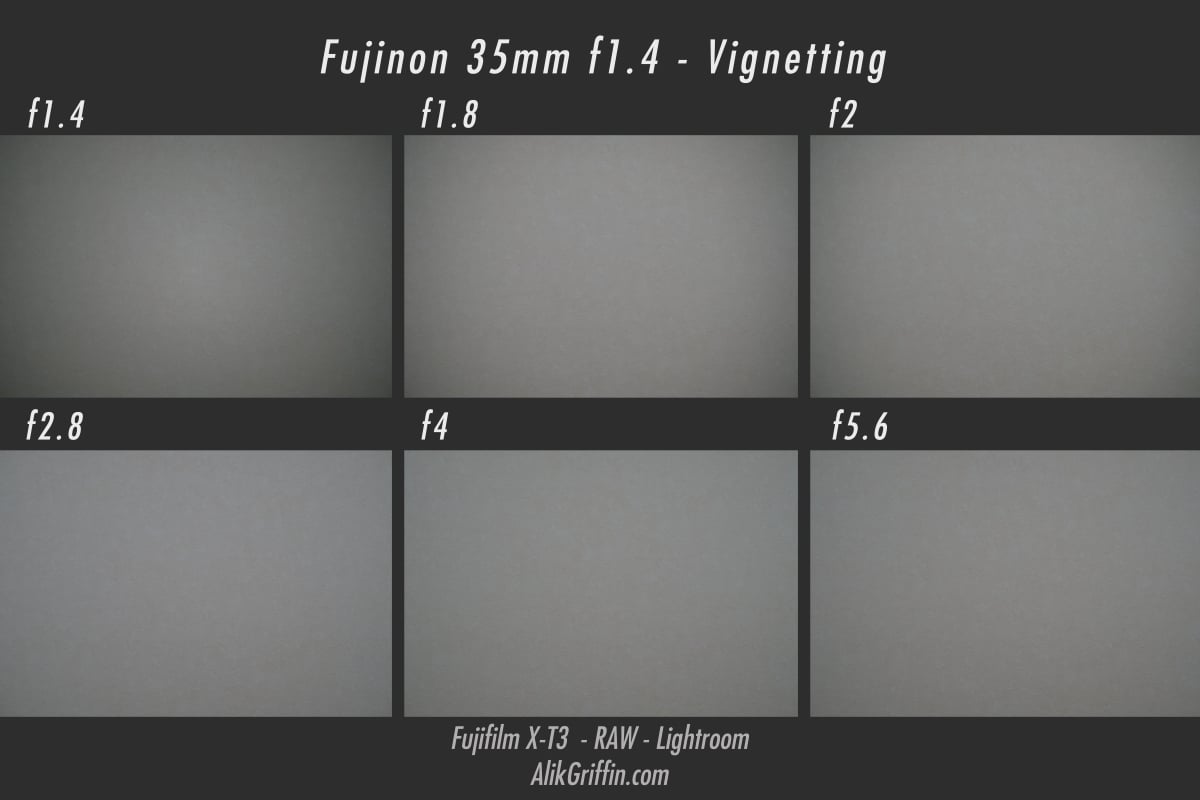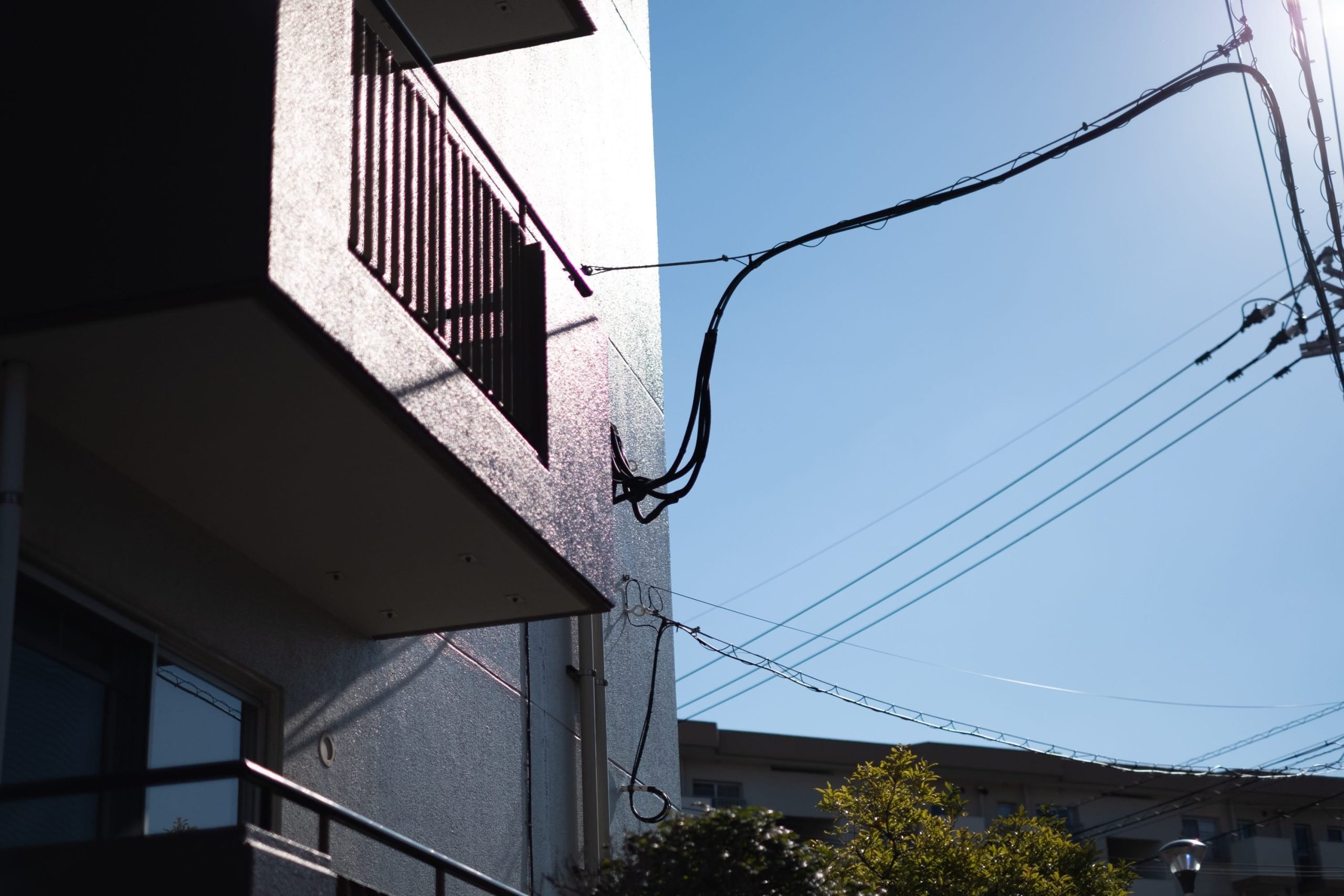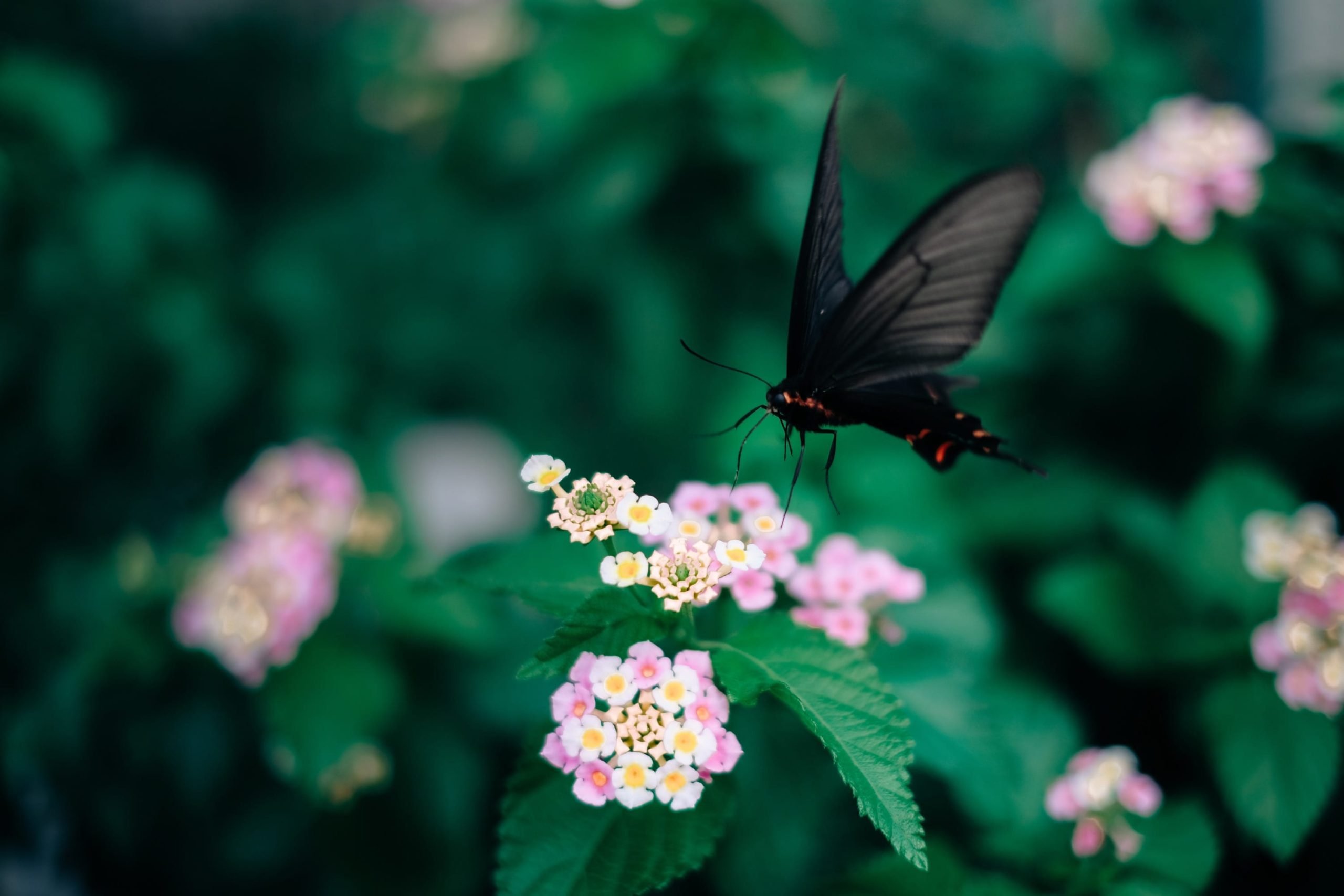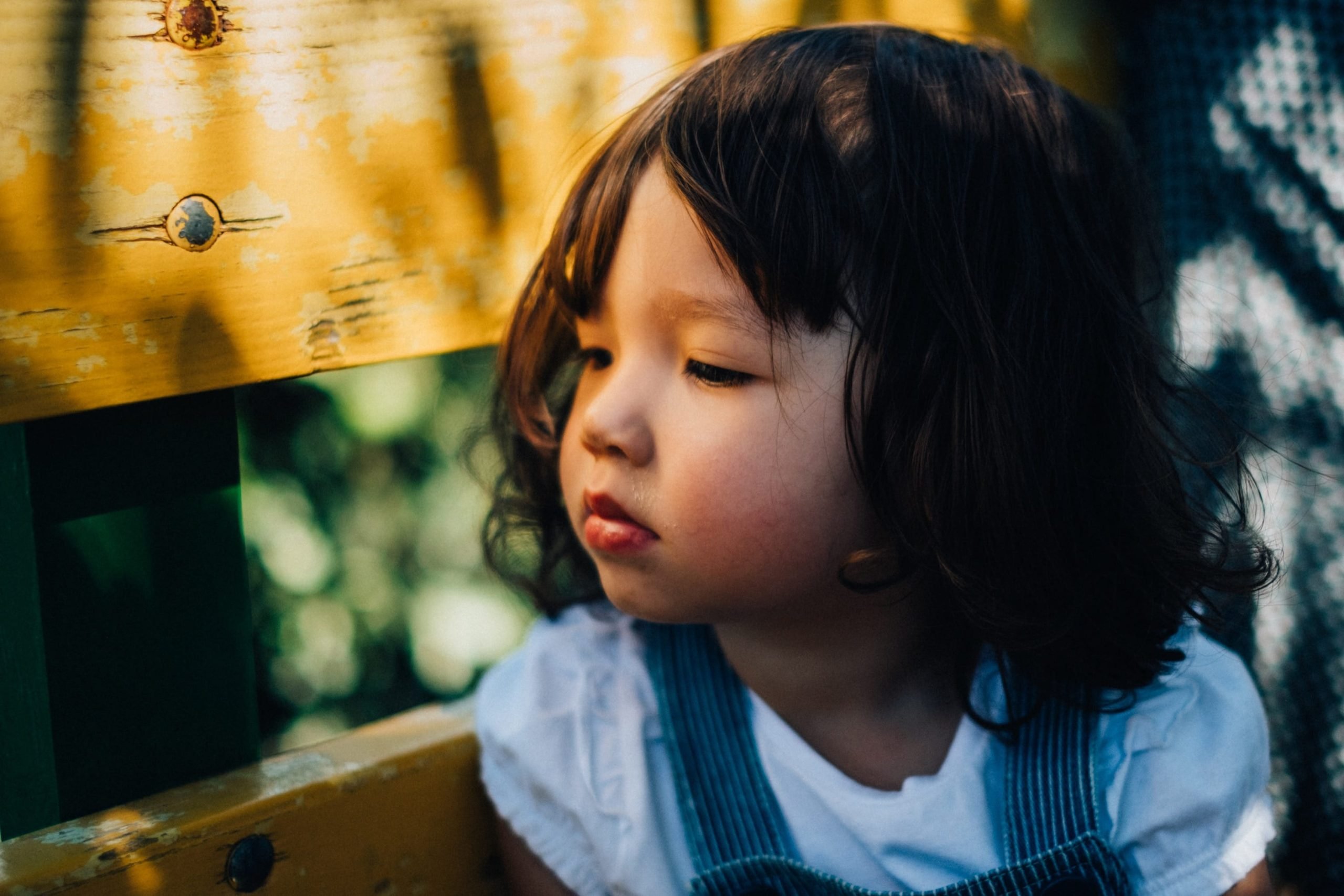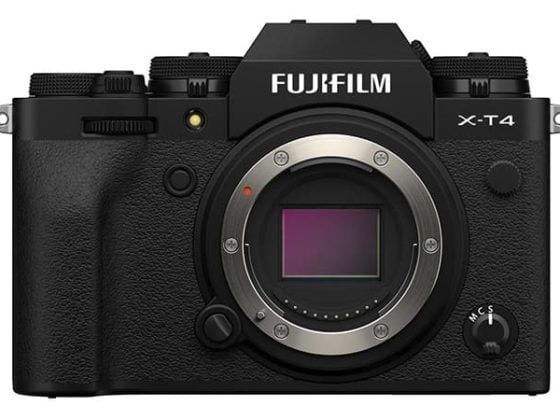The Fujinon 35mm f1.4 is one of Fujifilm’s oldest lenses for the X-Mount system. With its fast f1.4 aperture and 50mm field of view, the lens is very versatile, especially great for portrait and people photography.
While showing some age by today’s standards in terms of autofocus and technical characteristics, the lens has some of the most unique characteristics of any modern lens.
Lens Stats
| Focal Length: 35mm (53mm for APS-C) Focus System: Auto Aperture Blade: 7R Aperture: f1.4 – f16 Elements: 8 Elements 6 Groups Coatings: Multi-Coated Super EBC Weather-Sealed: No Minimum Focus Distance: 11.02″ / 28 cm Filter Threads: 52mm Weight: 6.6 oz / 187 g |
Pros: Amazing rendering, good sharpness, very rich, vibrant bokeh, small and light.
Cons: Some CA, Slow AF in low light or when using CDAF in AF-C mode, not weather-sealed, noisy so not good for video, some CA, some field curvature.
Check Price
Fujifilm XF 35mm f1.4 – Amazon / Adorama / BHphoto
Fujinon 35mm f1.4 Review | Impressions


I’ve had the Fuji 35mm f1.4 for some time, and I even compared it to the Fujinon 35mm f1.4 and the 35mm f2. Now, since the much more affordable XC 35mm f2 is on the market, it’s time to examine the 35mm f1.4 uniqueness since so many people don’t fully understand this lens or are afraid of the older autofocus system.
The XF 35mm f1.4 is a lens you must try in person to really understand what makes it unique. You can’t look at charts or specs; you have to just use it, but I’ll do my best in this review.
On the technical side, like sharpness, distortion, CA, etc., this lens is just okay. I think most review sites would give it a B+ or something. However, some of this was by design, and the lens was left less than perfect in favor of “the look”. . . So they say.
This lens was designed to produce a classic look that was in line with Fujifilm’s original ethos with the X-Pro 1. It has field curvature, softer corners, fewer elements, and distortion. All of that is in favor of the look: the classic, retro rendering, great micro-contrast, and interesting focus falloff. That’s what it’s all about.
Here are some images that test the technical performance. As you can see, there are some issues with some CA, some fringing, but the images have a very nice pop to them and they feel like they just have a ton of detail with great tonality and sharpness. That’s the look, love it or hate it, that’s what this lens is about and nobody else makes a modern AF lens like this.


This lens, the Fujinon 56mm f1.2, and the Fujinon 90mm are my three favorite lenses by Fujifilm and if I could have only three of their lenses, it would be these three.
Understanding The Autofocus | Is the Fuji 35mm f1.4 Autofocusgood Enough?
When the XF35mm f1.4 was originally designed, it didn’t need to do much. AF on the X-Pro 1 was just in its infancy, there was no Eye-AF and AF-C was unusable.
As a result, this lens has what feels like an outdated focus system. It’s not that the focus motor can’t throw the element quickly—it can. The problem is that communication with the camera is slow, so tracking and shooting in AF-C will produce delayed communication. From what I can tell, this mostly affects CDAF autofocus since CDAF is what engages in making all those little quick micro-adjustments.
I personally don’t have an issue with the autofocus of this lens. Once you know it, you work with it. I still shoot AF-C on this lens, but it thrives with AF-S. So, if you’re a photographer who still likes shooting AF-S, you’ll likely not have too many issues with this, if any at all.
I know there is so much emphasis today on AF tracking and AF speed and Eye AF and animal eye AF, but honestly, it’s fine. This obsession with insanely fast autofocus performance everyone has today is not really a metric that’s relevant to casual everyday photography, and I wouldn’t worry too much about it unless you need the lens to do something extremely specific.

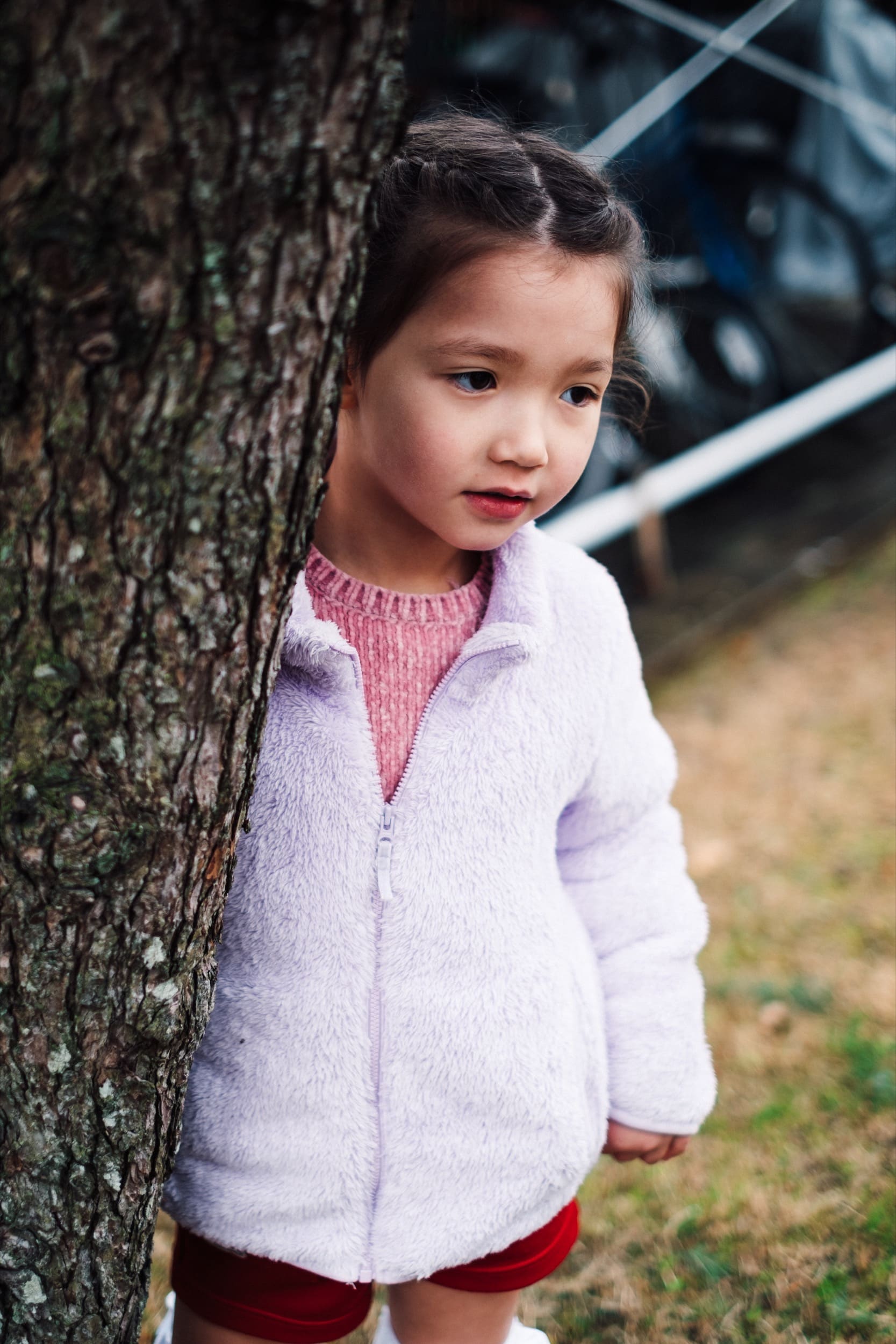
If you’re shooting very fast action, this shouldn’t be your go-to lens, but it’s amazing for casual day-to-day photography, and lenses like this keep me in the Fujinon system.
Still, my biggest complaint about this lens and the xF35mm f2 is that they are a bit too expensive for what they are. This is sort of the dangerous line Fujifilm walks, where you can get more modern, performing full-frame Sony and Nikon lenses for the same price or cheaper. So you don’t want to buy APS-C to save money; you’re buying it for the unique image quality you get from the small package. Keep that in mind.
Build Quality
The build quality is good. Fujifilm likes to use an aluminum outer barrel for its lenses, which is fine. The lens feels good in the hand and is fun to use.
Some of their early models, like mine, have issues with very loose focus rings, but they’ve improved that over the years without actually doing an official refresh of the lens. It seems like they’ve made little micro improvements to the system. They even updated the lens caps, so now the system feels good and complete.
The 35mm f1.4 does need a lens hood. I keep the metal square hood on mine, and you can still use the lens cap with this lens hood. On the XF 18mm, you can’t fit the lens cap into the hood, and you have to use the awful rubber cap that goes over the hood, which you will probably lose in three days. The XF35 also has a rubber hood, but I wouldn’t bother with it.
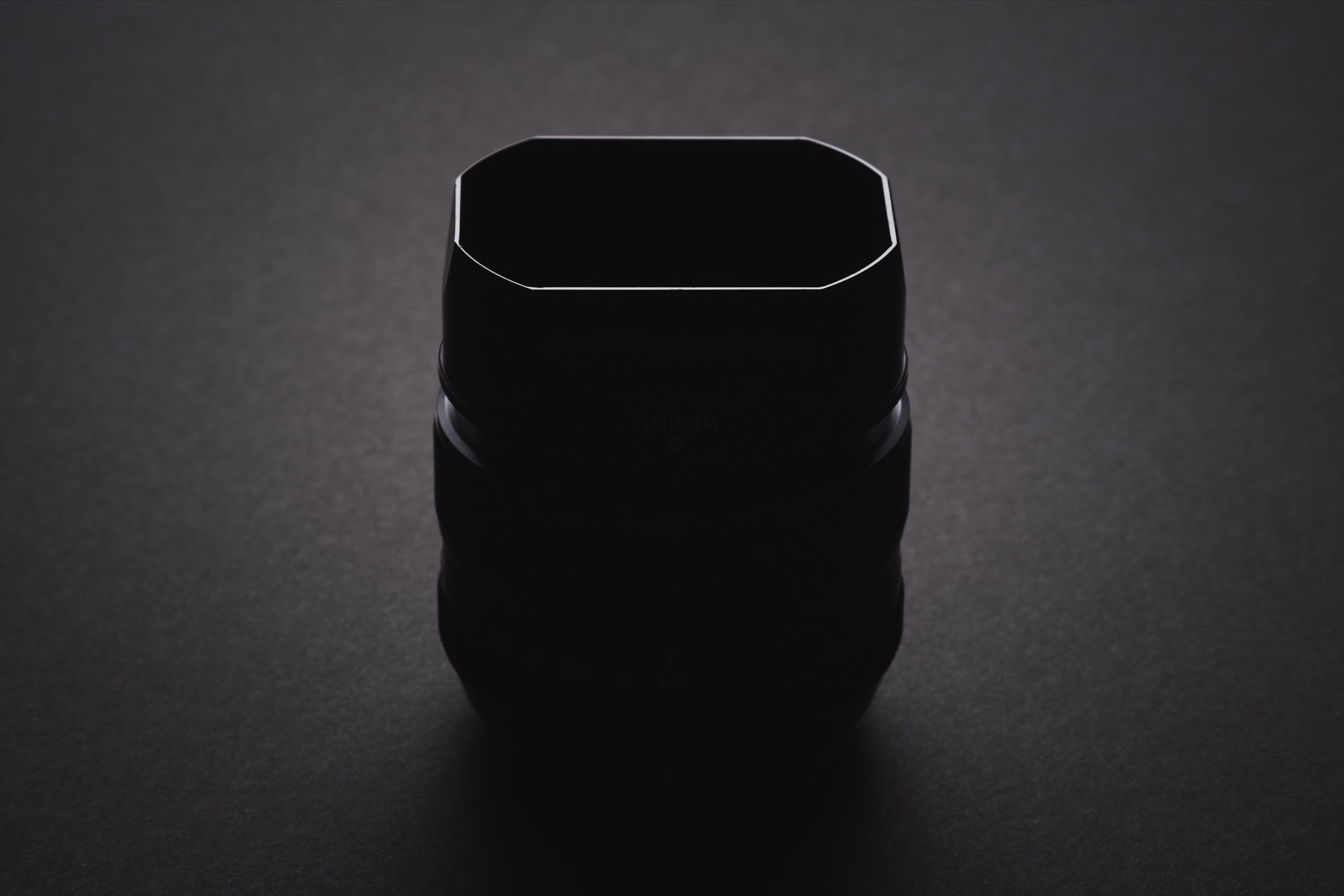
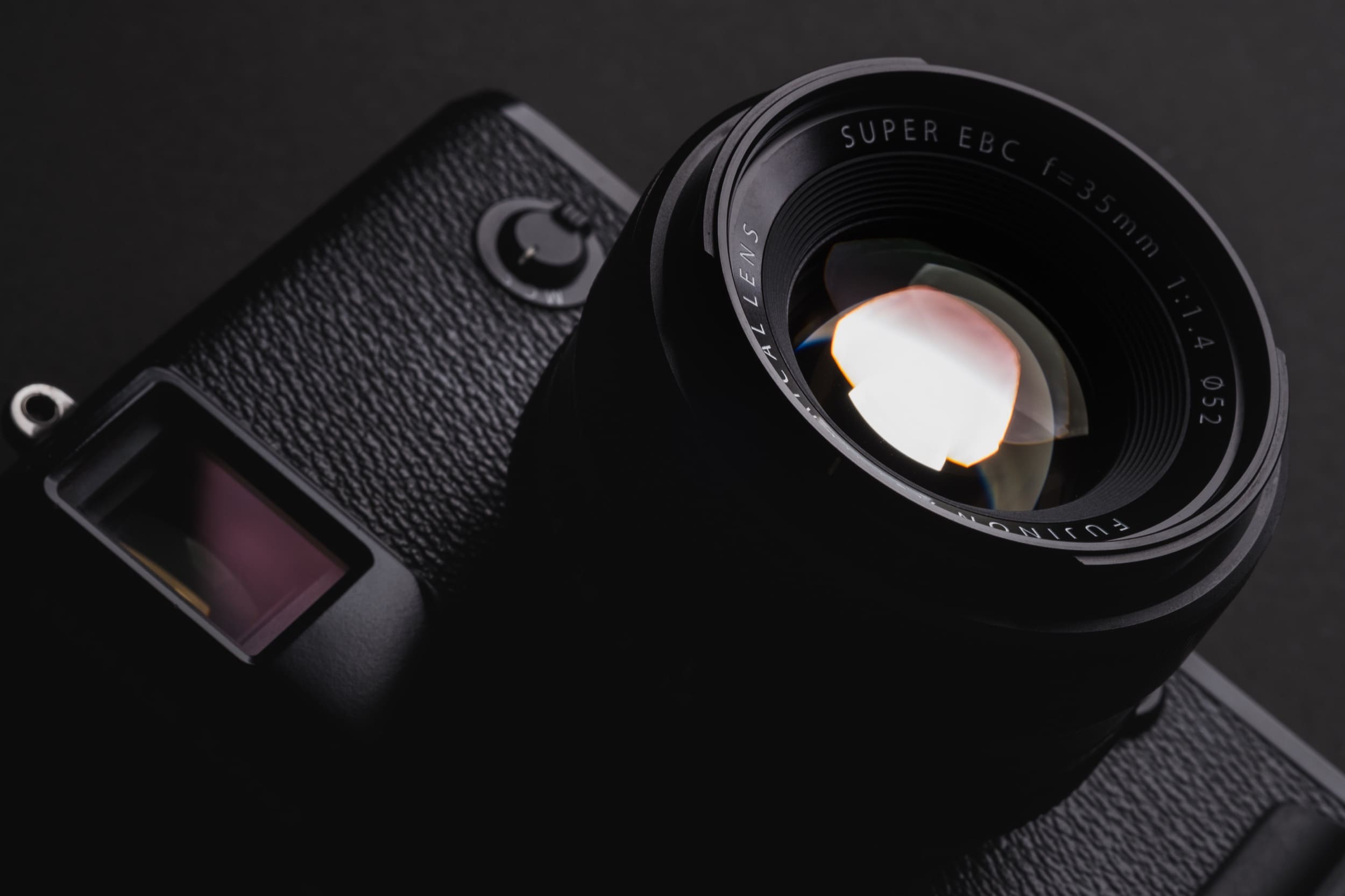
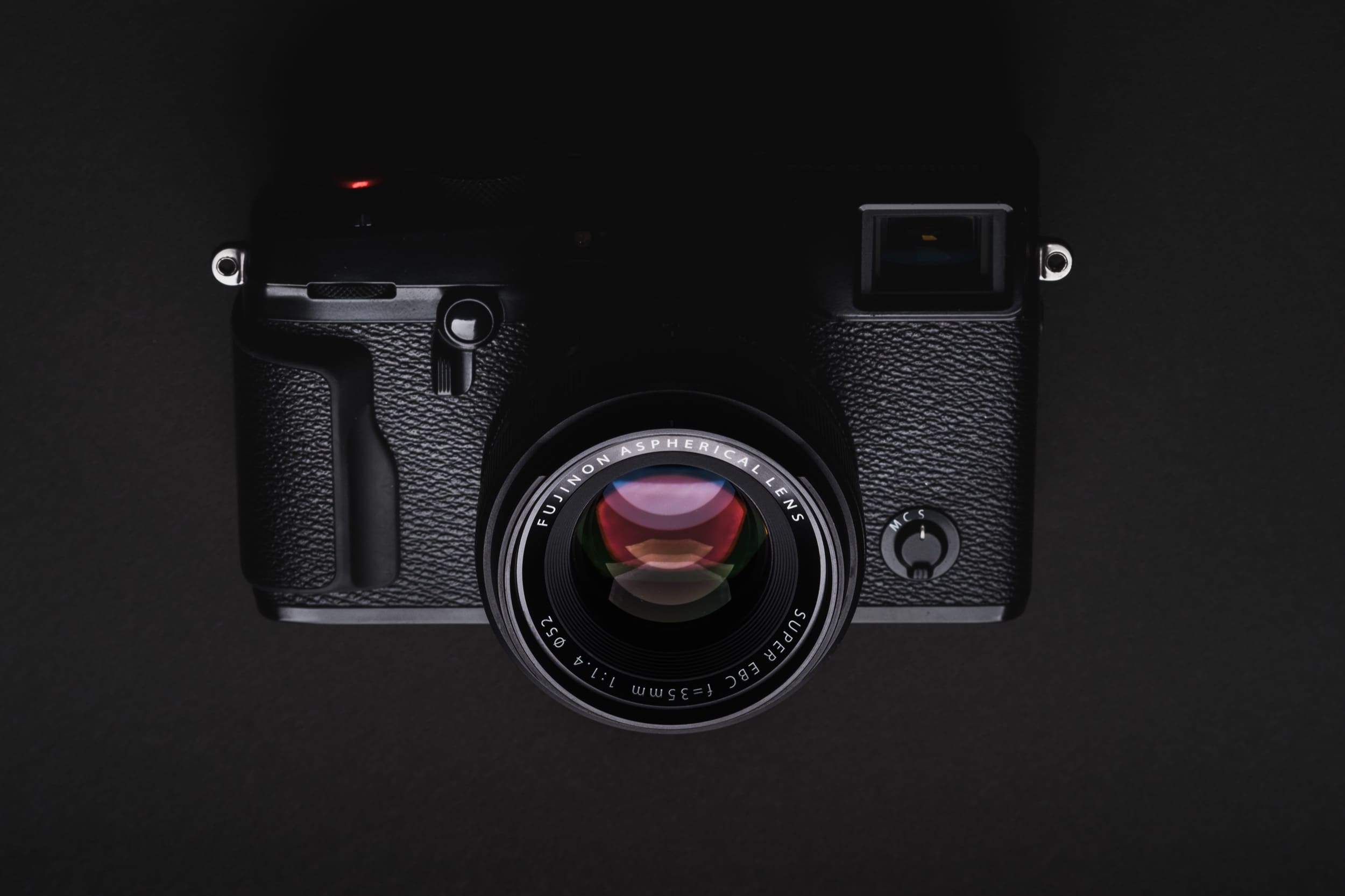
It’s a two-barrel focusing system, so the front element does bounce around as it focuses, which is not really a big deal.
It is not weather-sealed, and the aperture rings click, but both the aperture and focus rings are by wire.
The lens base is steel, like the XF 35mm f2.
Technical Performance
The Fuji 35mm f1.4 has some field curvature, so the edges and corners will appear softer if you shoot a flat surface. I used to get excited when lenses had perfect corner sharpness, but in the real world, that makes no difference in most situations. As long as the corners or mid-frame hold up at f5.6 or when you focus on those spots, then the lens is great, and it will work fine for landscape or reproductive work.
Fuji 35mm f1.4 Sharpness
How important is sharpness?
It’s important but definitely overemphasized as THE metric that defines a lens. I’ve found that if you shoot a lot at night at high ISO or if you like to apply grain to images, it makes no difference between having a super-sharp lens or just a sharp lens.
The 35mm f1.4 is sharp. Edges and corners are a little softer until about f2.8, but for the most part, it’s a great lens for shooting wide open or stopping down.
This is good because using diffusion filters like the K&F Black Mist, or the Cinebloom are becoming more popular. I’ve found it beneficial to have very sharp lenses that help preserve detail when shooting behind a filter like that.
Here is a sample from the X-T100 at f5.6. Plenty sharp.
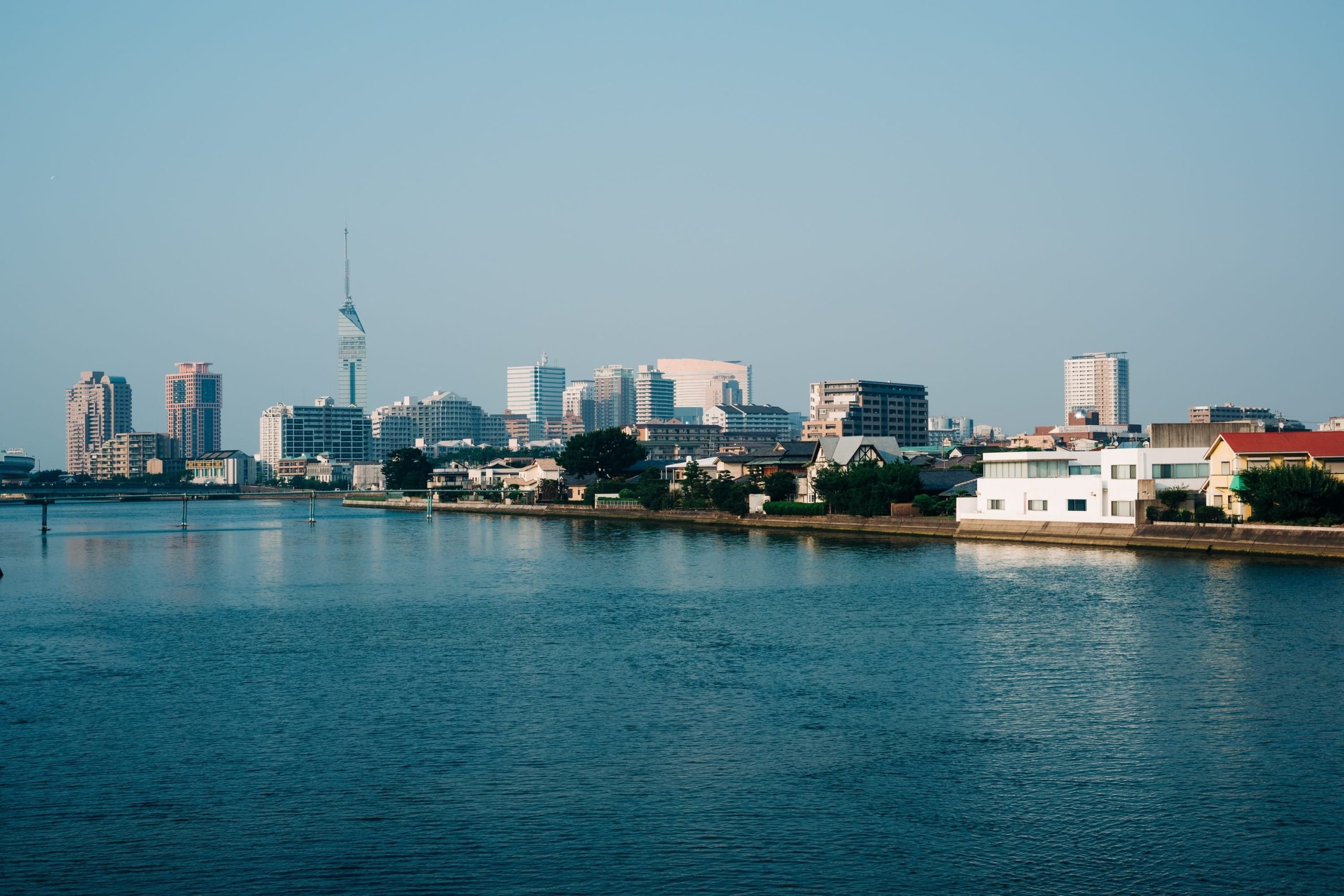
Center Sharpness
Center sharpness is good.
Edge Sharpness
Edge sharpness is fine and better when stopped down.
Corner Sharpness
Corner sharpness is pretty good but better when stopped down.
Distortion
Distortion is mostly cleaned up with built-in profiles.
Vignetting
Vignetting shows until about f2.
Chromatic Aberrations
There is very minor CA, as with most prime lenses, but there is some longitudinal CA in the out-of-focus foreground and background. Again, you can see some more samples in those beach shots above. You can see that sometimes red or green fringing is present on the bokeh.
Bokeh – Technical Look
Bokeh has an interesting behavior on the 35mm f1.4. Because Fujifilm allowed a fairly strong field curvature, this gives the bokeh some interesting character in rendering close and medium-distance objects.
In some situations, there is a little bit of green fringing on some of the bokeh balls. There are also some pretty strong cat eyes.
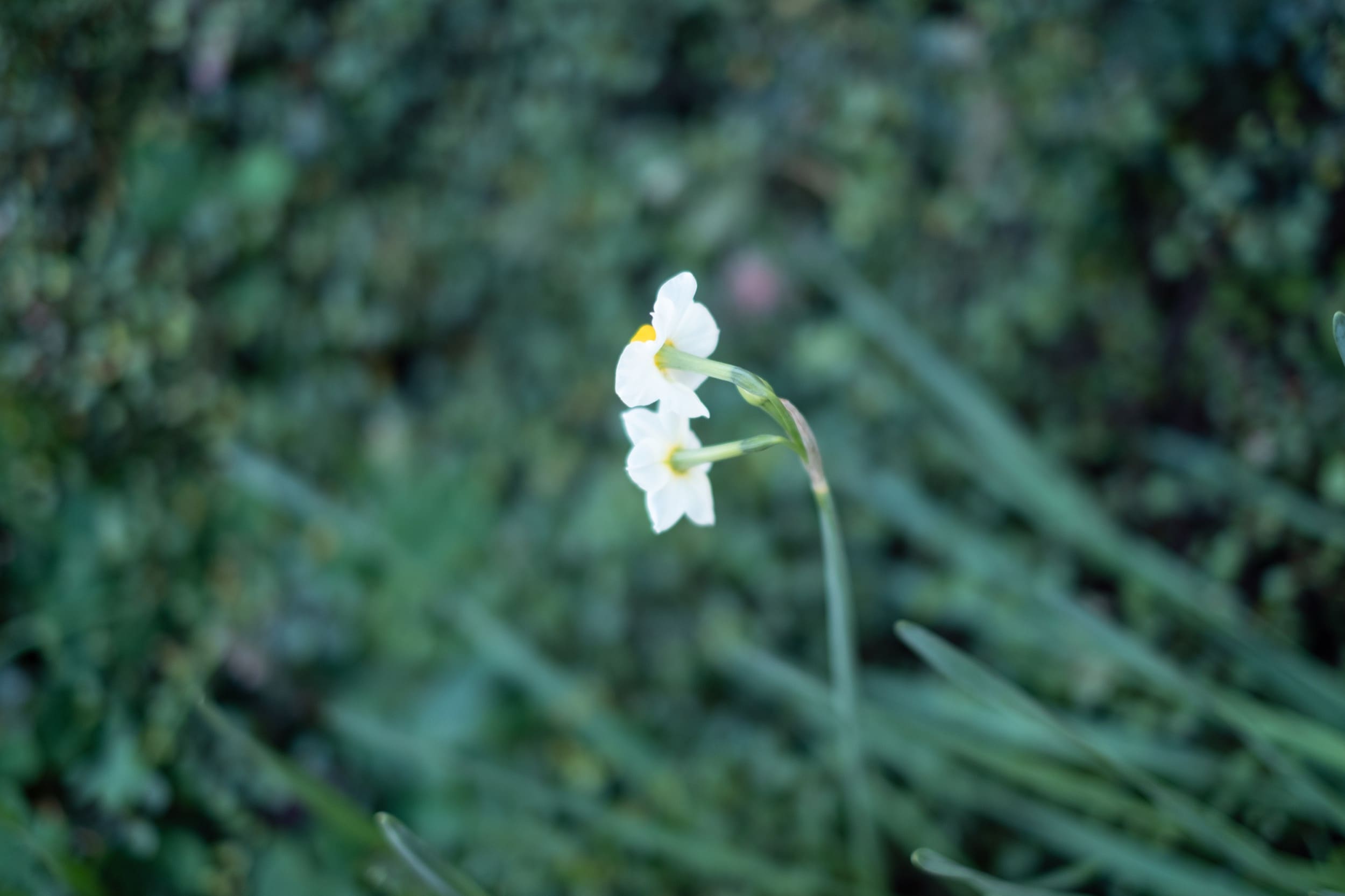

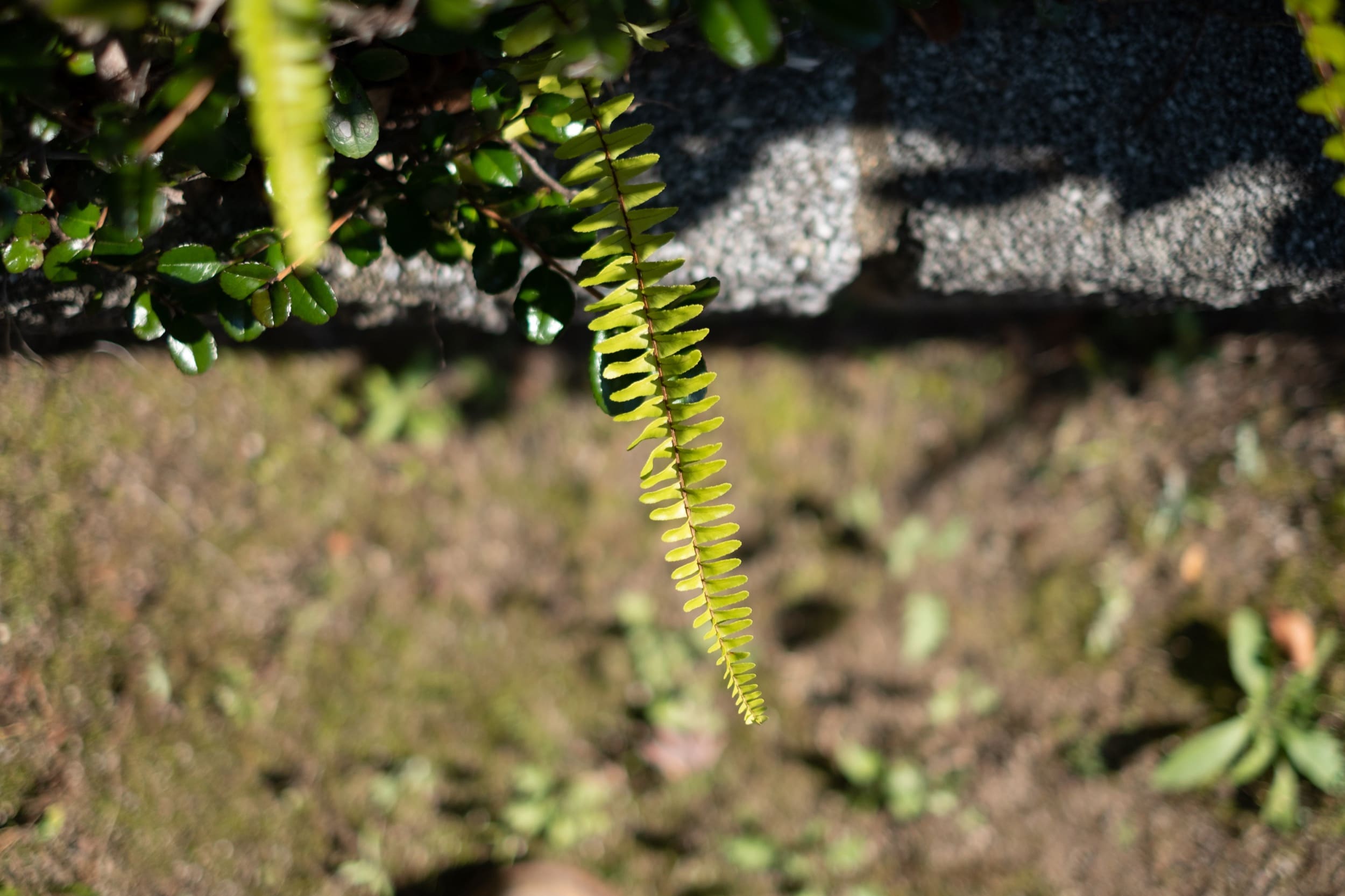
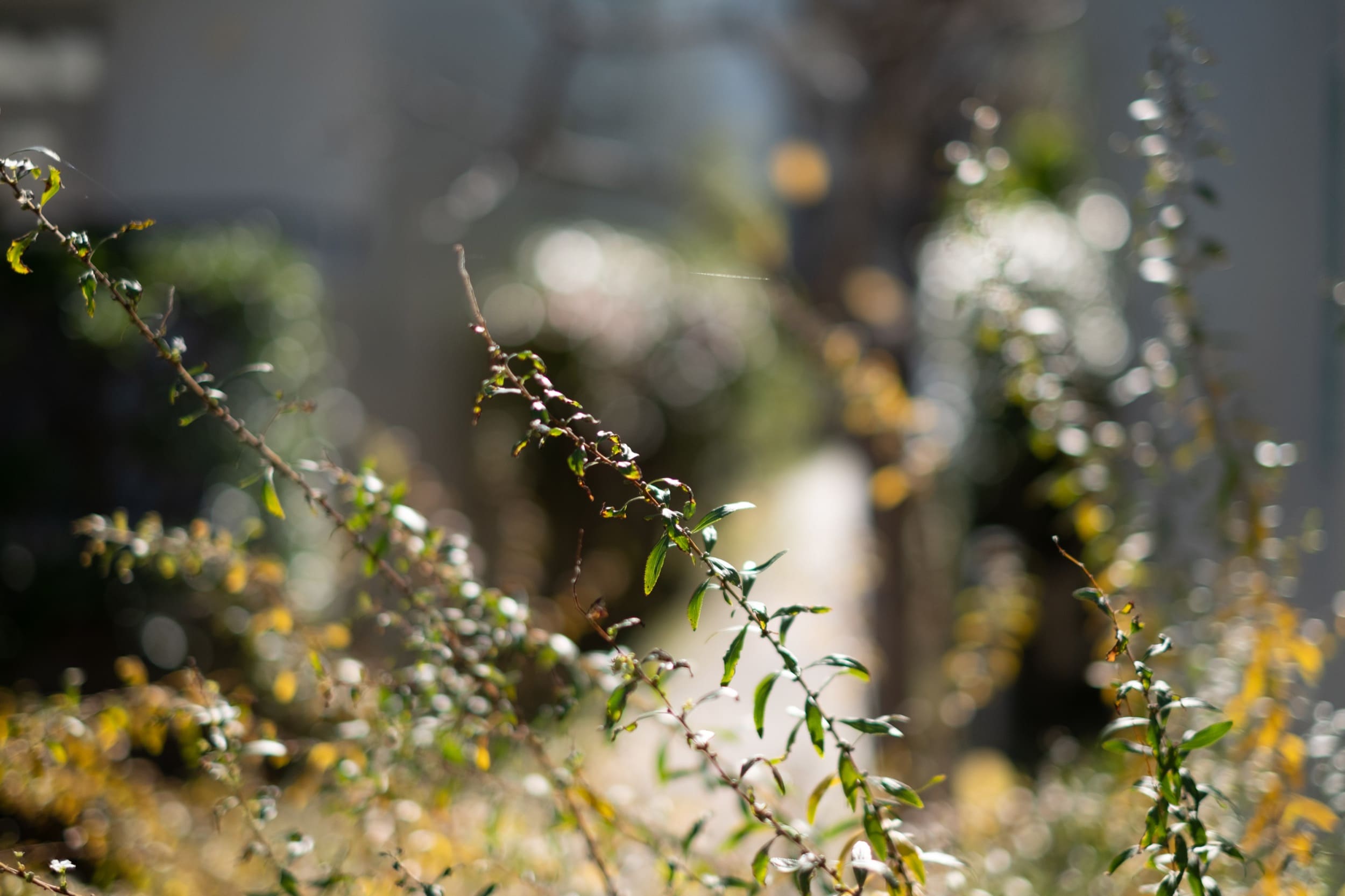
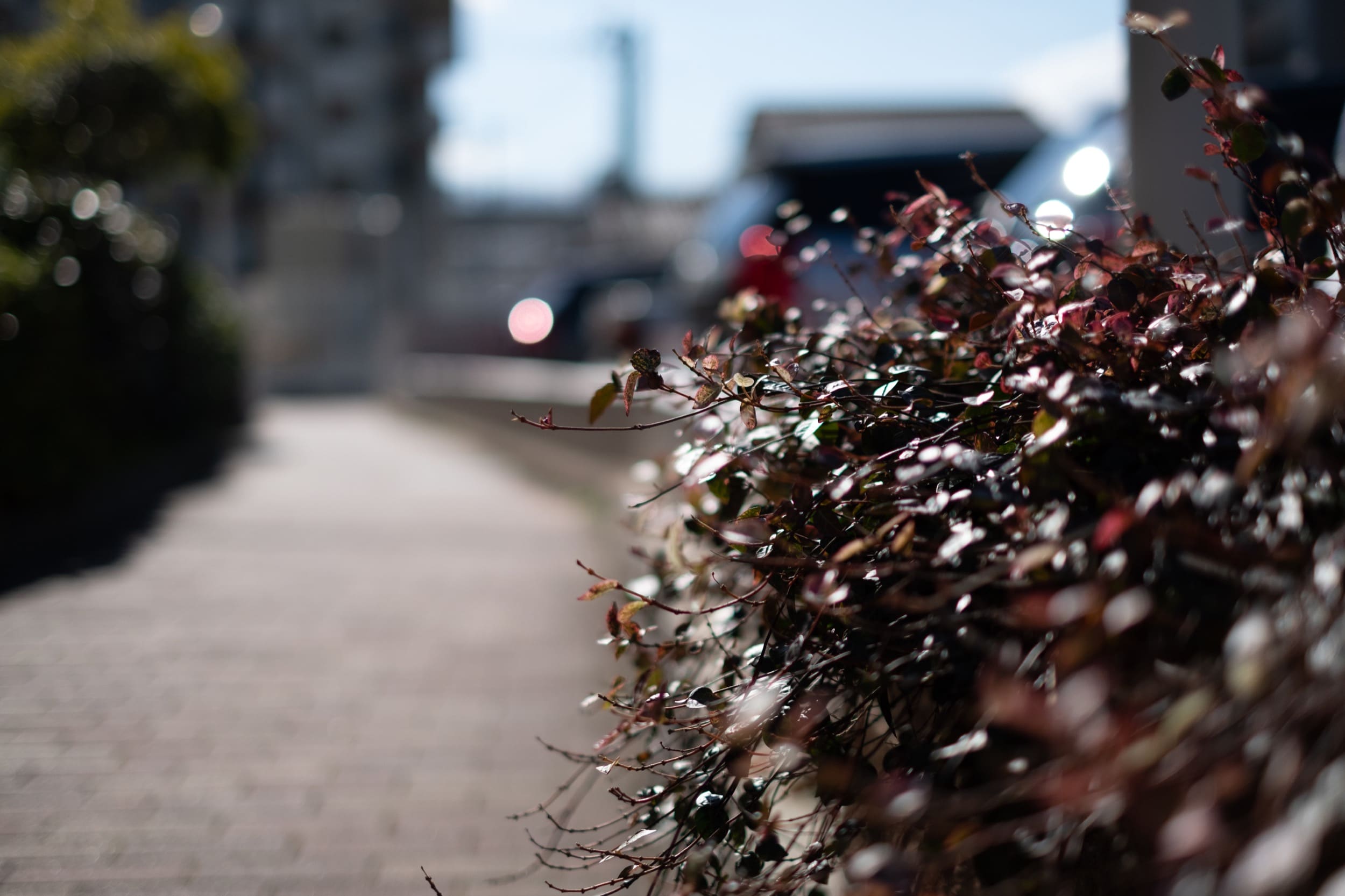
Fujinon still uses glass for the aspherical element on these older lenses, which often causes onion ringing in the bokeh. The glass must be polished and ground down, which naturally leaves some ridging behind. This is why all the big designers are moving to polycarbonate aspherical lenses, which can be molded or pressed into shape with zero flaws.
The XF 35mm f1.4 does not have bad onion ringing, but it does have some skin on the outer layer of the bokeh balls, as you can see from the samples above. It’s not really an issue, and you’ll only see it if you’re really looking for it.
You can also see how the bokeh curves, so you will get some cat’s eye effects in the corners when wide open, which you can see in some of the samples above.


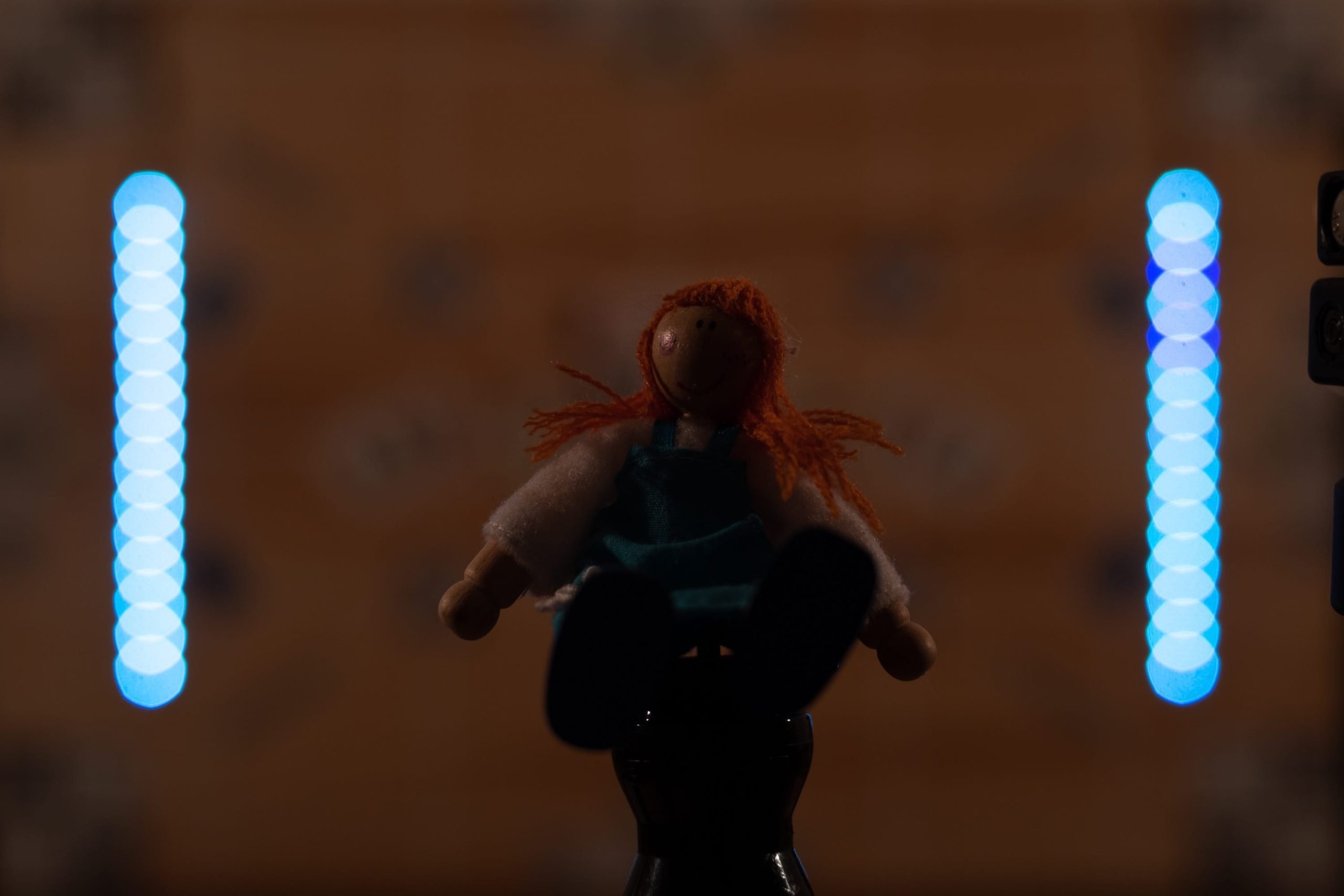
Art & Character
The right formulas can create magic, which is far more important than just technical specs. This lens is known to possess such magic.
That being said, some technical performance is important, and a lens that performance with consistency and reliability in some professions can be more important than the art & character. So, this is something you must always keep in mind when building out your kit.


Color & Bokeh Rendering
This lens’s color rendering is just awesome. It has such a great contrast and such nice clarity. The images punch you with so much detail and tonal information, and the colors and bokeh always feel deep and rich.
Then, there is that field curvature working to an advantage. It tends to push the center background further than the edges to create this illusion of even more depth. It’s weird how it works and is unique to this lens and many classic lenses, but you can see it in many shots. You will not get this look with the Fuji 35mm f2 or fancy new lenses like the Nikon 50mm f1.8. Even if you stop down both at f2, this lens still has some magic that other lenses don’t have. Although the XF35mm f2 does do contrast and clarity a little better.
I say that because a lot of people say if you shoot stopped down, you can just get the f2, but even then, they still have different renderings. It’s not just about sharpness.
Micro-Contrast
Micro-contrast is a big thing you always get from the older Fujifilm primes. This is why I shoot Fujifilm. I have several Canon, Sony, and Nikon lenses now, and none of them perform this way, except for a few of the Zeiss lenses.
But look at the skin details and colors in this sample below.
This is one of their best, most classic rendering lenses and one of my favorite lenses.



Fujinon 35mm f1.4 Review | Bottom Line


Should you still buy this lens even though it’s not perfect and doesn’t have perfect sharpness and perfect animal eye AF tracking magic?
If you want to experience what the Fujifilm system is all about, this is the lens you have to have.
It’s not technically the best lens in the world, but it has so much character and produces a unique look that will leave you completely addicted.
Autofocus can be a little clunky in low light, but it’s more than fast enough for tracking simple motions, as you can see from all my photos of my kids. You probably don’t want to use this lens with an on-camera mic for video shooting since it makes some noise, nor is it built for video shooting.
Fujinon 35mm f1.4 Sample Photos
Fujifilm XF 35mm f1.4 – Amazon / Adorama / BHphoto
Fujinon 35mm f1.4 Sample photos have been taken with various cameras over the years. You can check out the Lightroom Presets if you like the color editing.
I try to keep my review photos a little more pedestrian, but let me know if you want to see more street or landscape work.



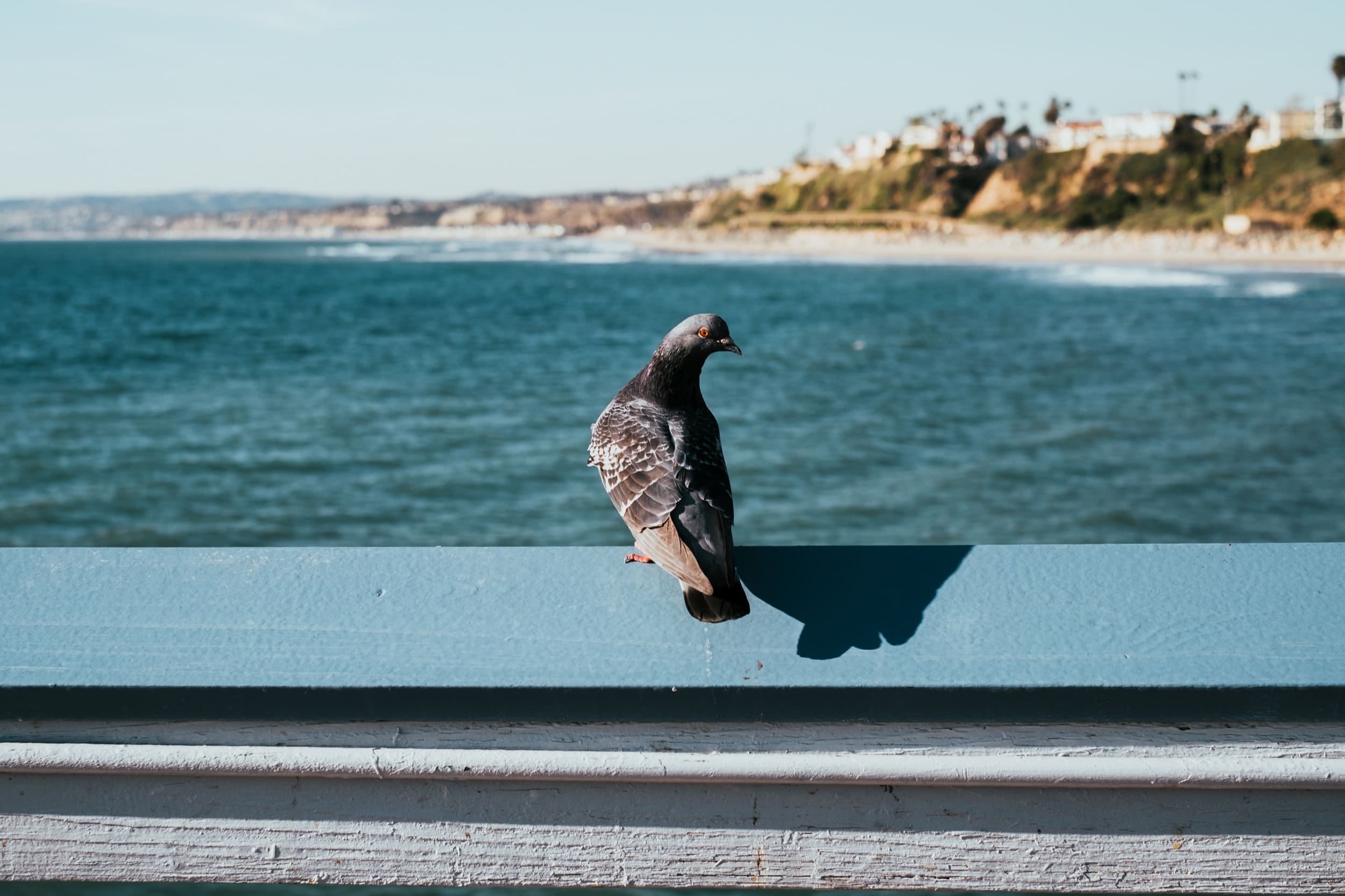
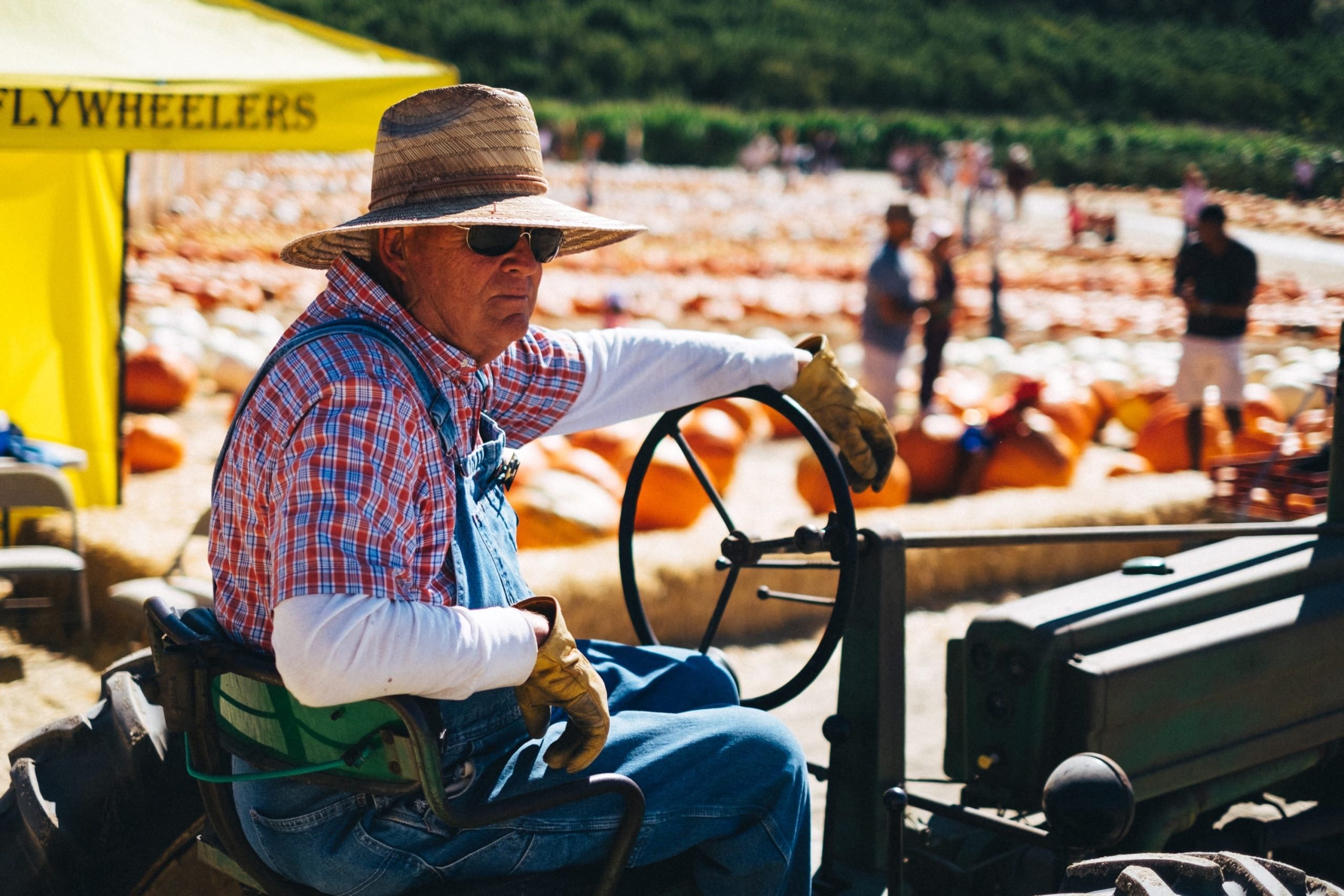






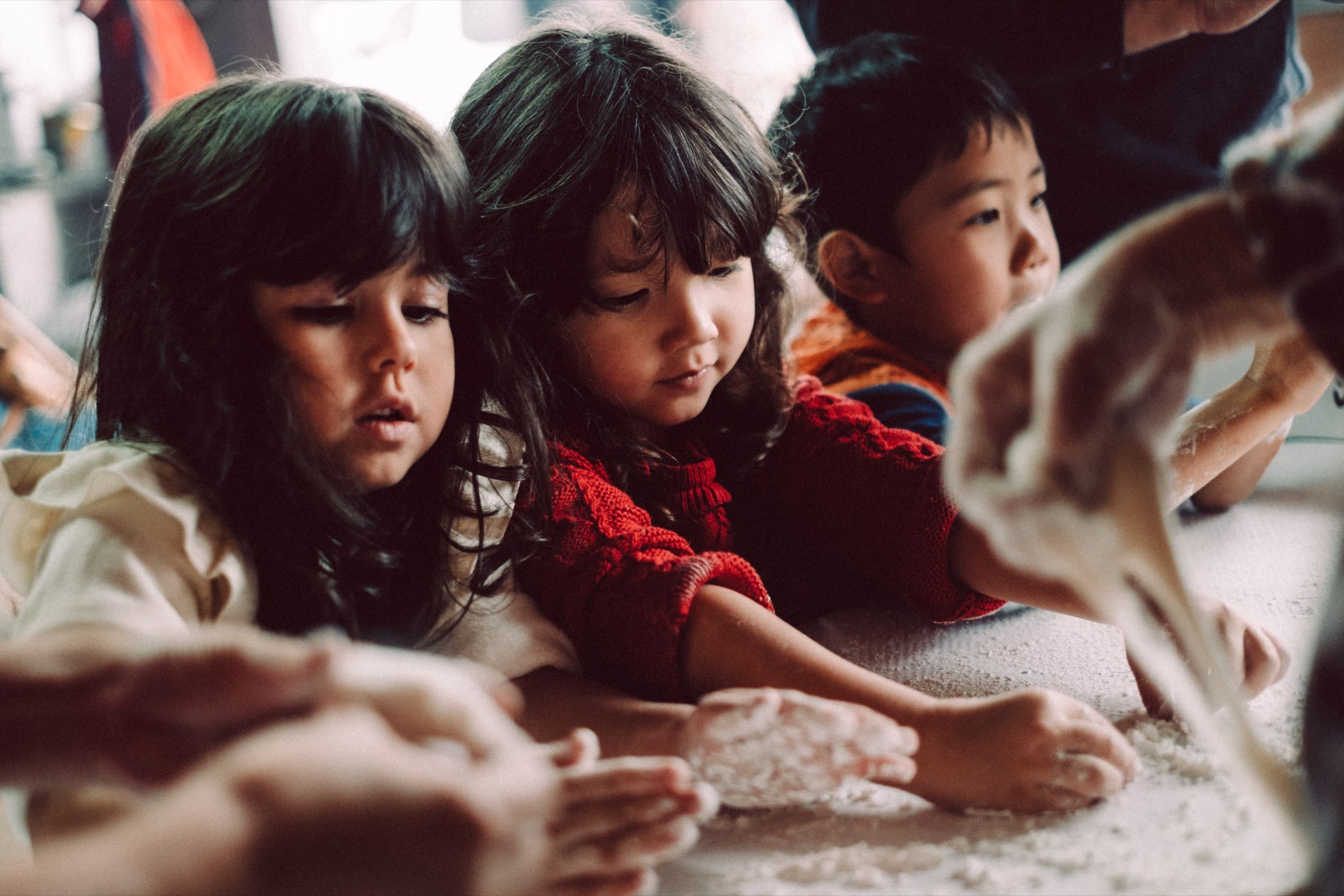
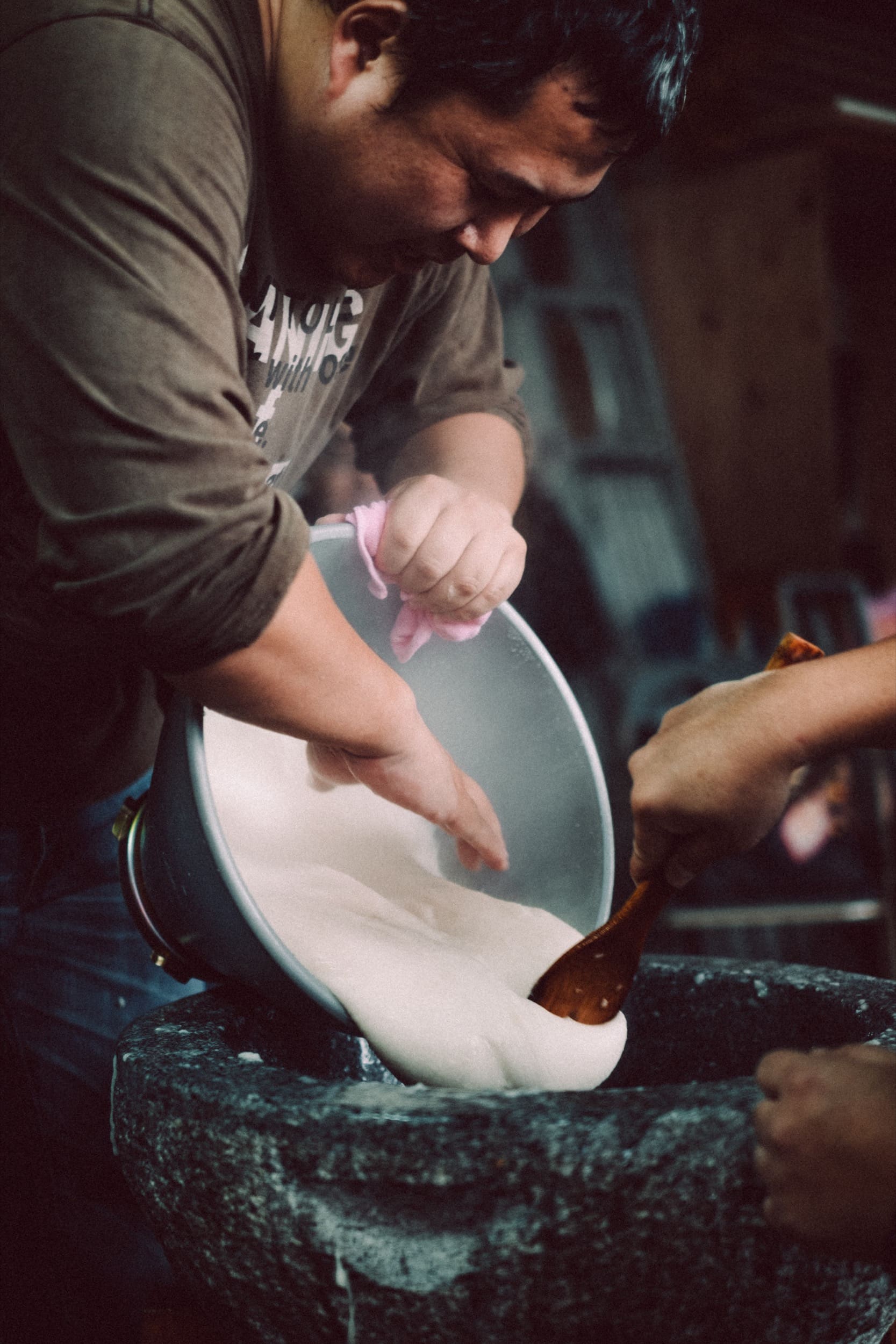
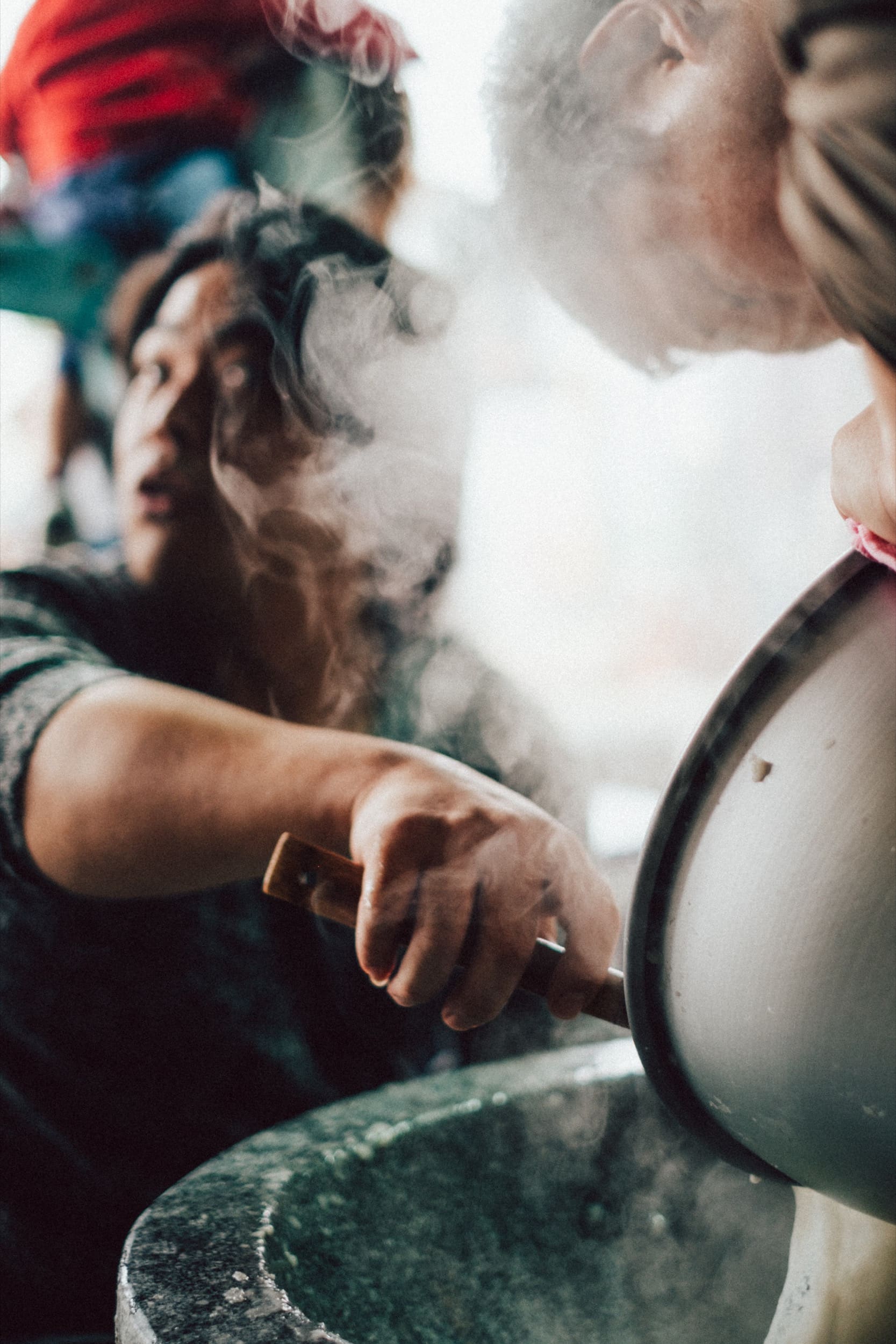
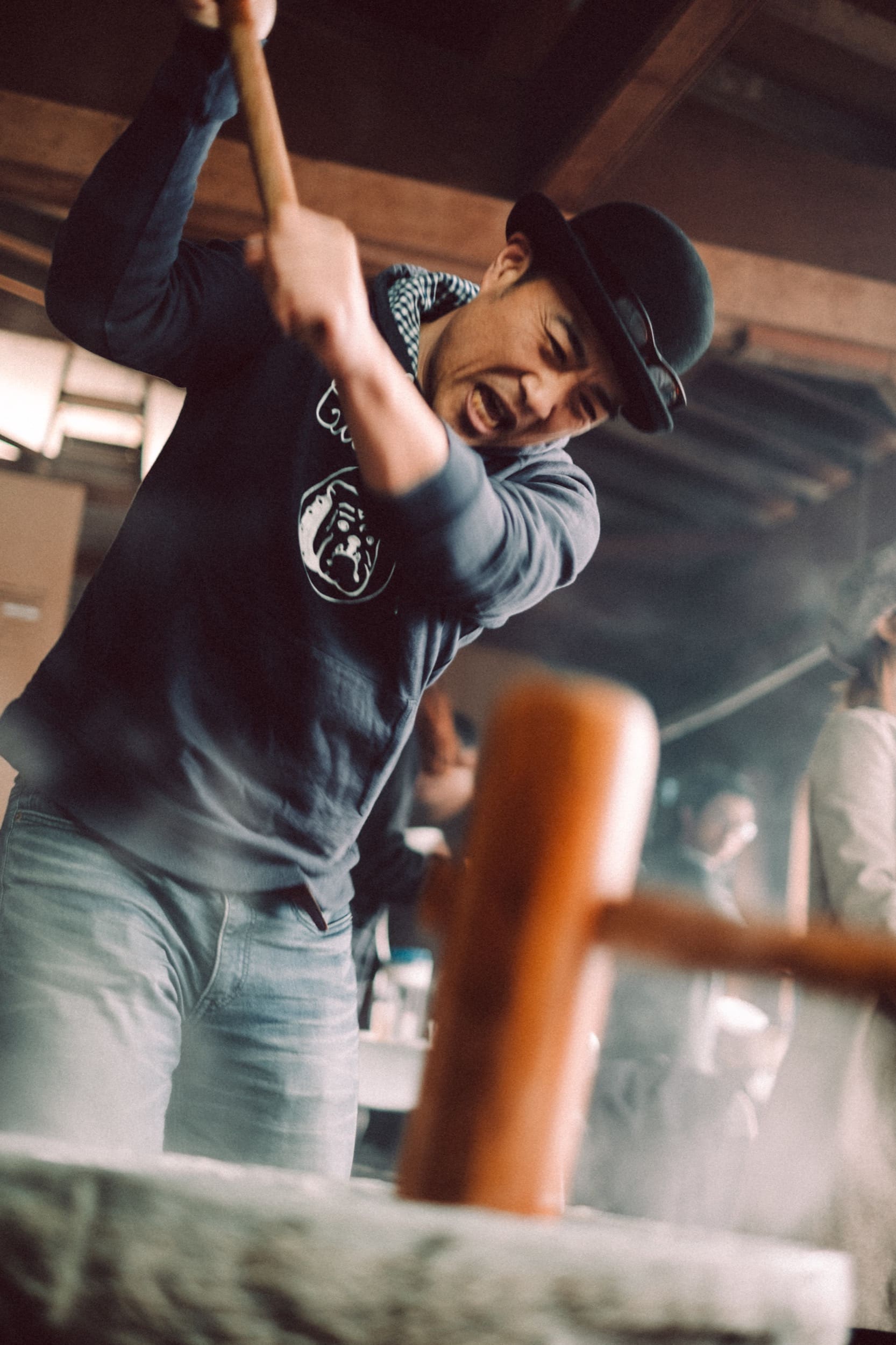
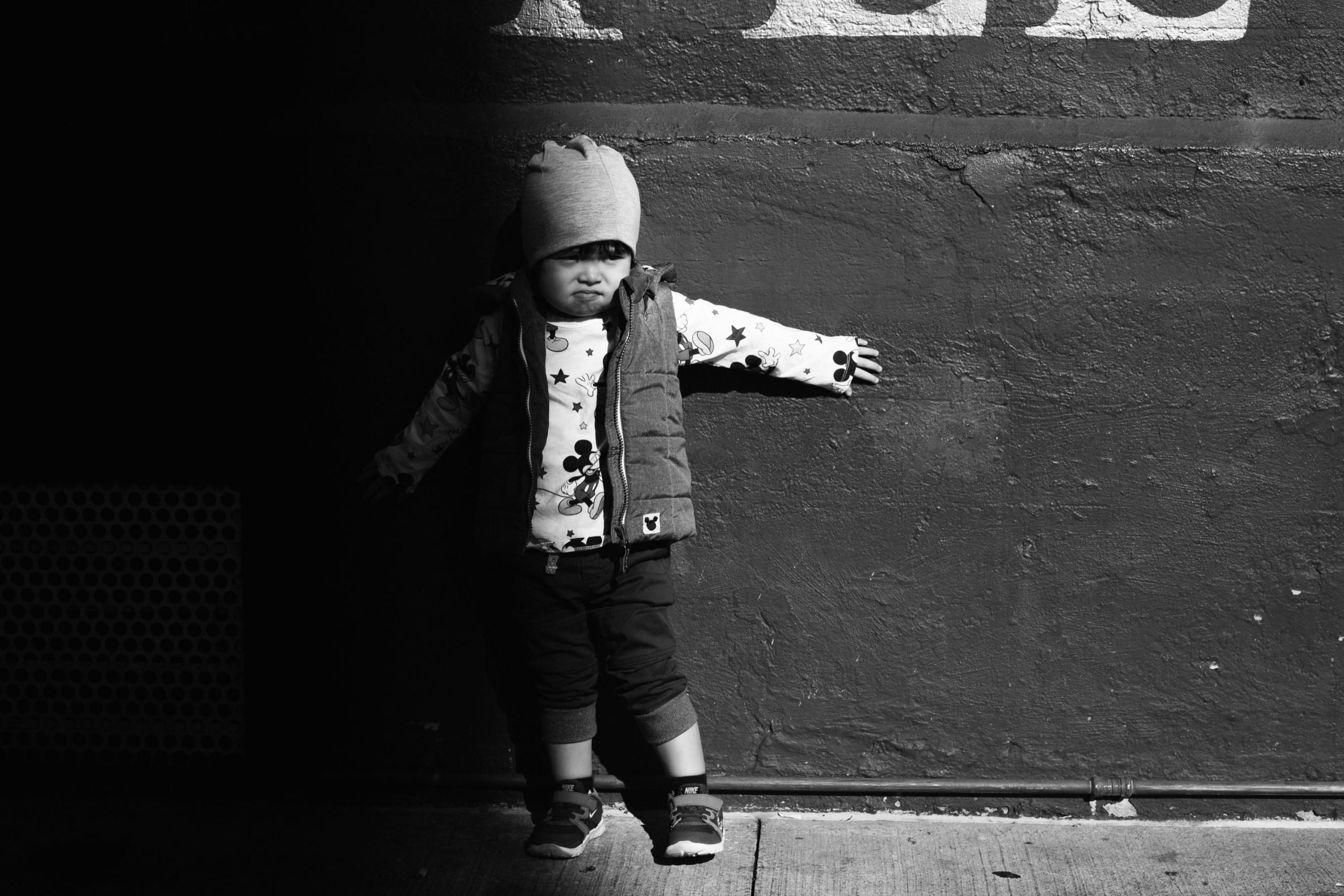
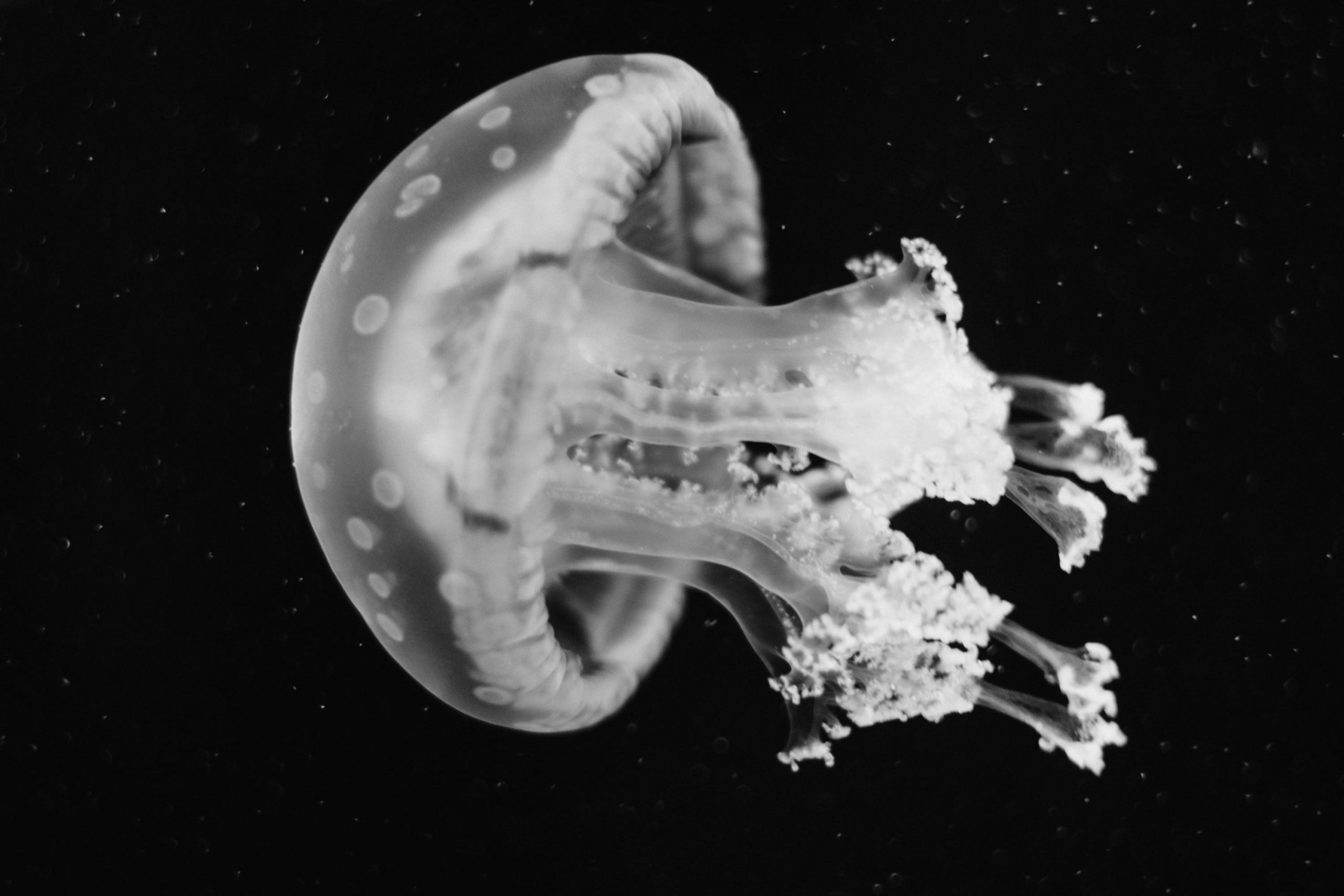
| **This website contains affiliate links. We will earn a small commission on purchases made through these links. Some of the links used in these articles will direct you to Amazon. As an Amazon Associate, I earn from qualifying purchases. |

